Milo Burcham Photography
Did that just happen?!
When I retired in 2022, I had no idea what lay ahead.
2023 was perhaps my best year for new adventures and photographing wildlife I had only dreamed of.
These adventures are captured here and include two trips to Antarctica, an assignment to work with
a film crew on Alaska's Katmai Coast, and a few of our own adventures.
Because of this diversity and new subject matter, it was harder than usual to narrow my favorite
images to just fifty, but since editing is one of the most challenging aspects of photography
I gave it my best.
The year started off in typical fashion:
a holiday visit with family in California, followed by a road trip.
Right after the New Year we met up with good friend and photography mentor, Pete Bengeyfield
in the California desert
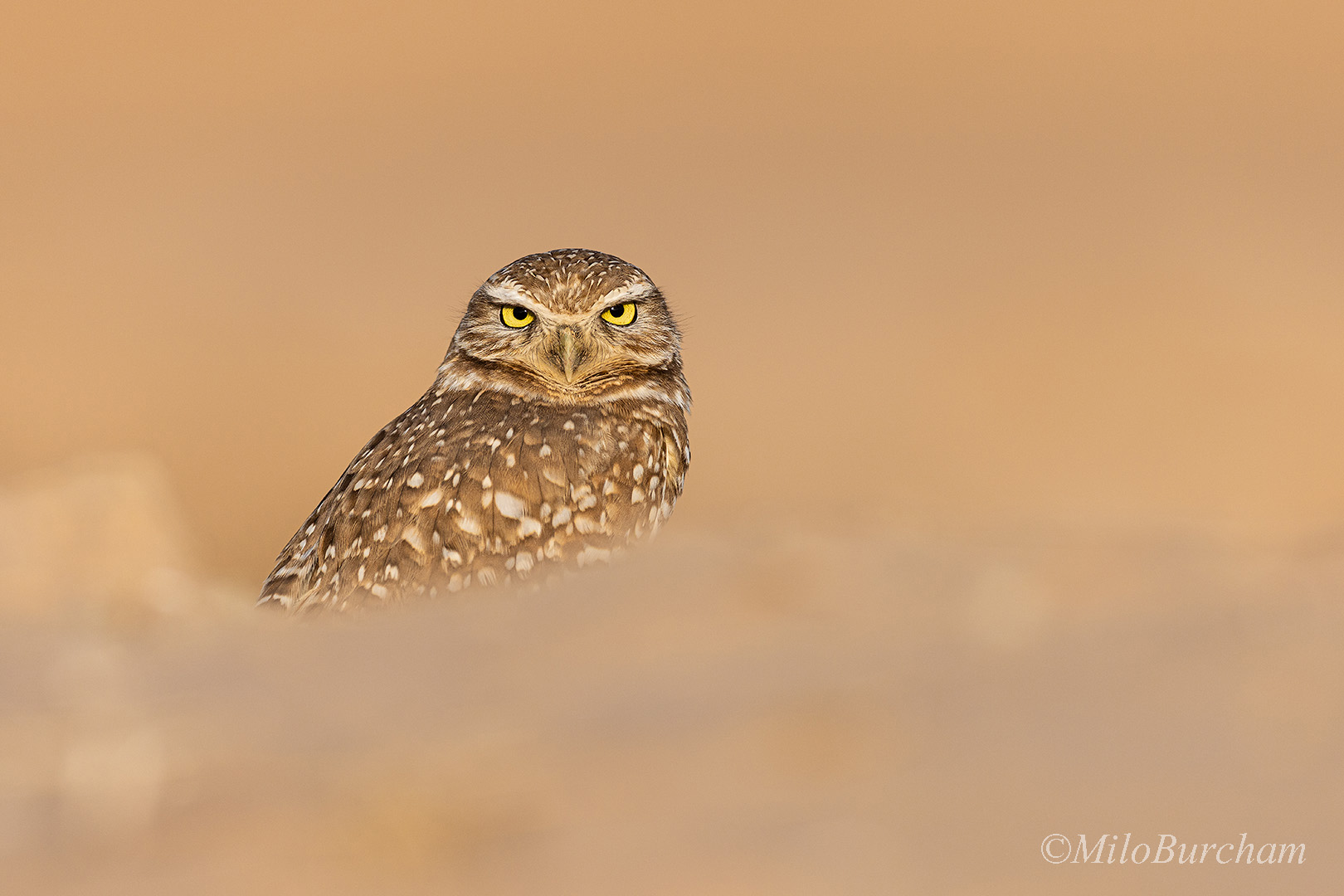
Burrowing Owl, Salton Sea, California (B_BUOW_0039)
Followed by a quick trip to Guatemala for a tropical getaway.
I have been fascinated by images of Ocellated Turkeys and really
wanted to see and photograph them for myself.
Tikal did not disappoint!
This trip, in fact, would be the only truly warm weather I saw all year!
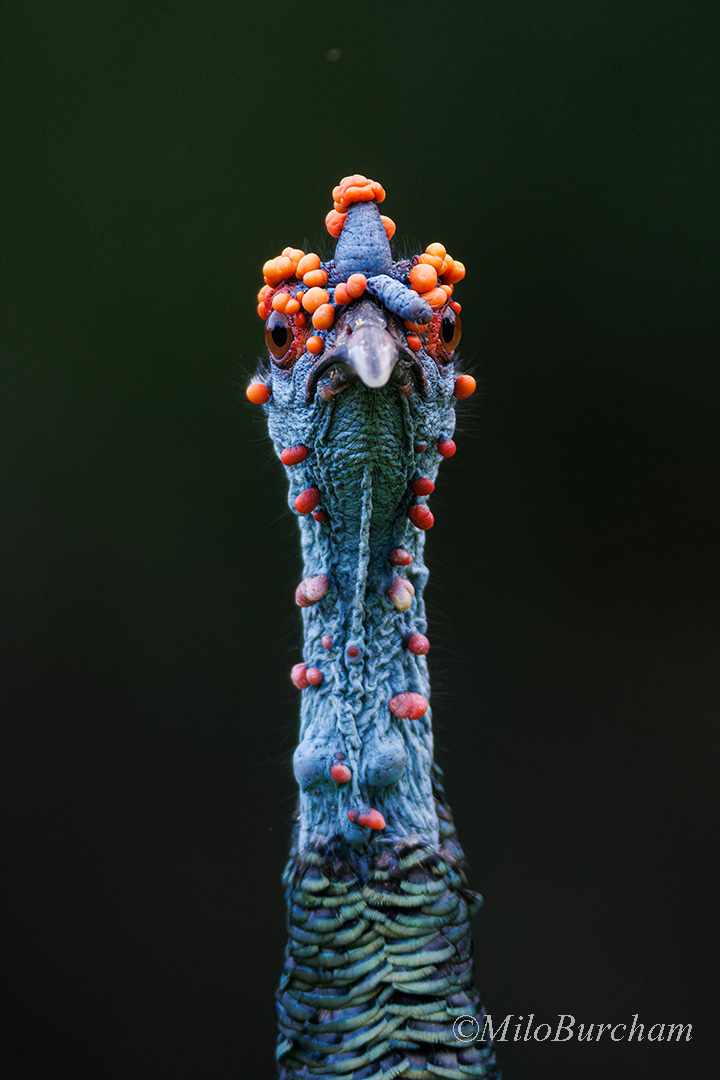
Ocellated Turkey, Tikal, Guatemala (B_OCTU_0026)

Ocellated Turkey, Tikal, Guatemala (B_OCTU_0037)
But that warmth would not last.
Shortly afterward, I was hired to help guide a cruise to Antarctica with Cheesemans' Ecology Safaris.
This was a "bucket list" dream of mine, surpassing all expecations, and led to a second trip in the fall!
This trip was from mid-February to mid-March, equating to fall in the Southern Hemisphere. As it was
well into the penguin nesting season, we got to see many nests with chicks. The warming climate
has resulted in increased snowfalls on the Antarctic Peninsula, and many of the chicks were still quite small.
With winter right around the corner, survival for the youngest would be a race against time.
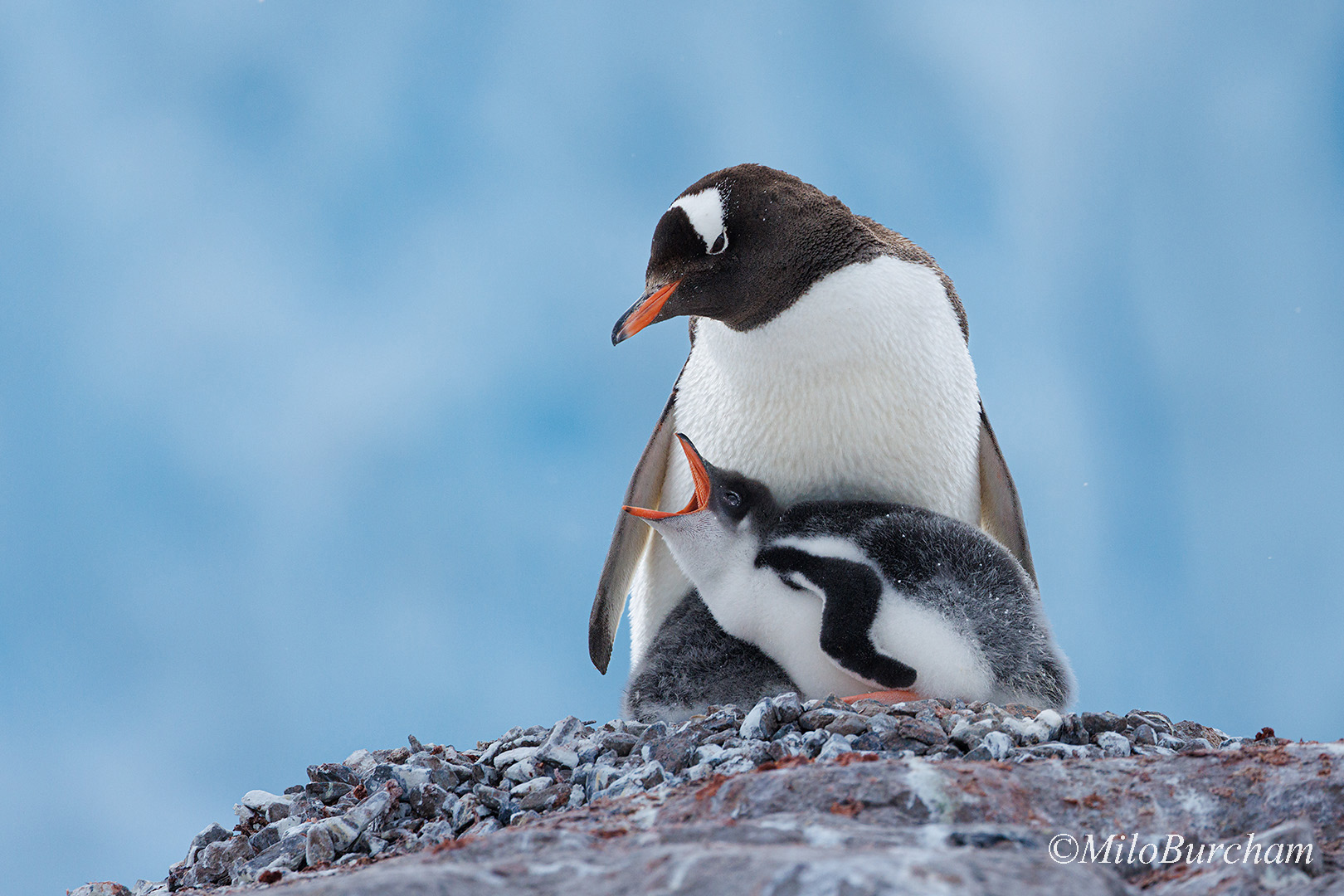
Gentoo Penguin with begging chick, Neko Harbor, Antarctic Peninsula (B_GEPE_0026)
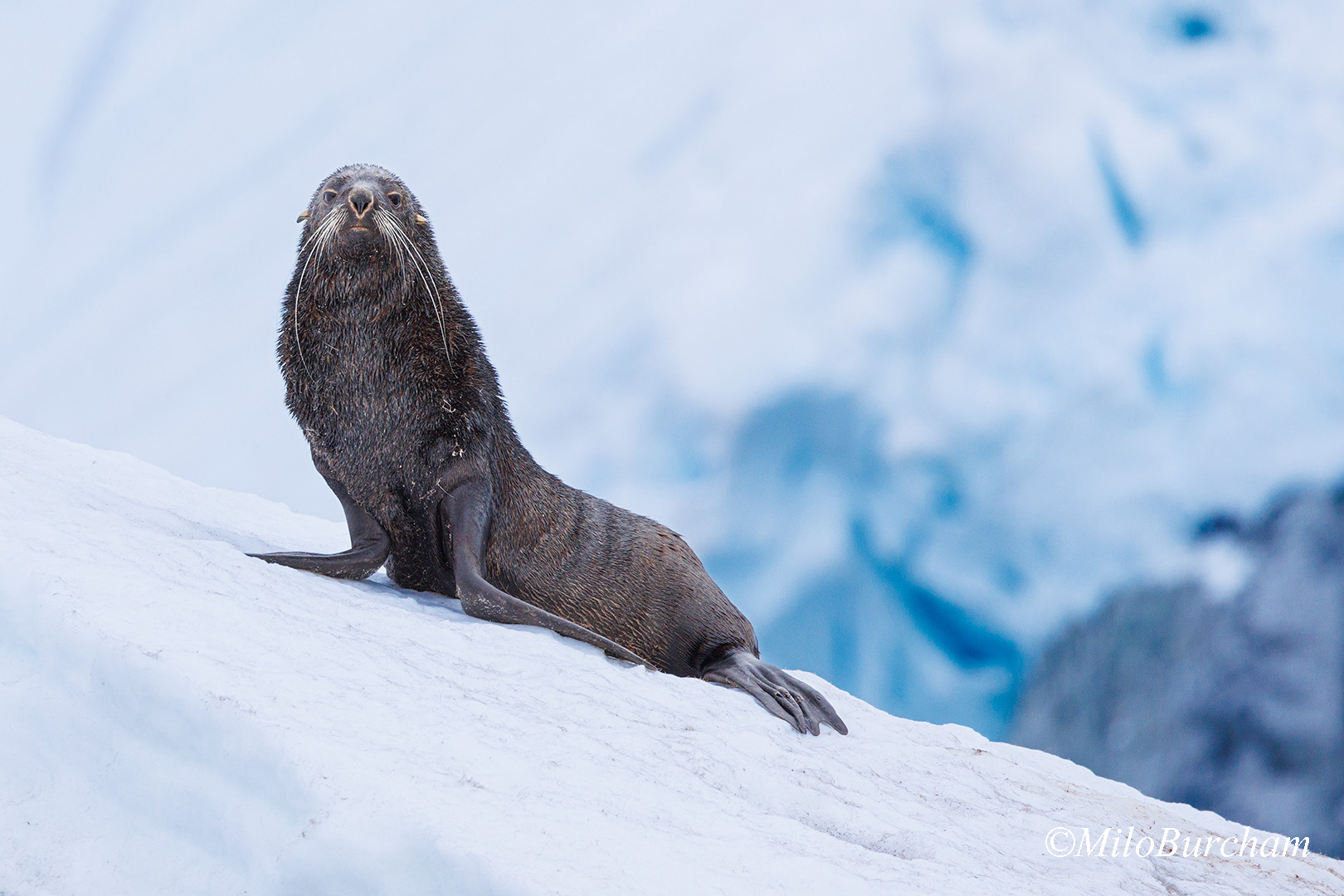
Antarctic Fur Seal, Spert Island, Antarctic Peninsula (M_ANFS_0003)
The Leopard Seal image below might be my favorite of the year, however,
several other images made the decision tough. The Ocellated Turkey, wolf and bear, Harbor Seals
on ice, and Sandhill Crane with begging colt were favorites as well.
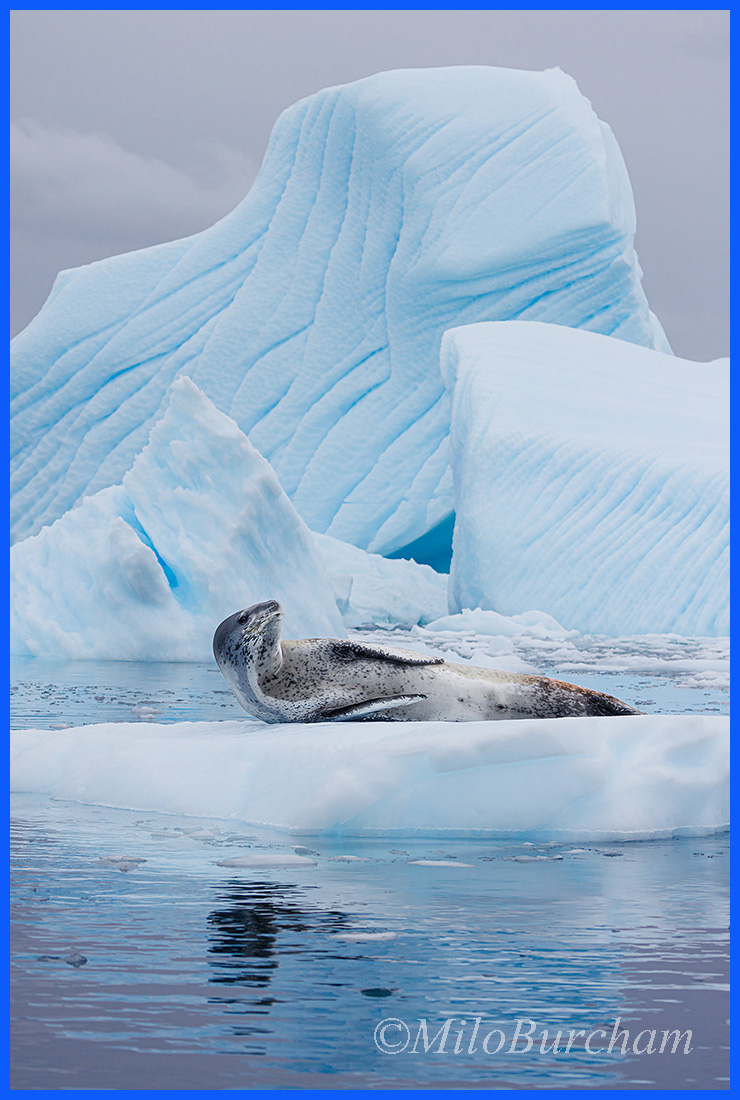
Leopard Seal on iceberg, Port Charcot, Antarctic Peninsula (M_LESE_0035_1080)
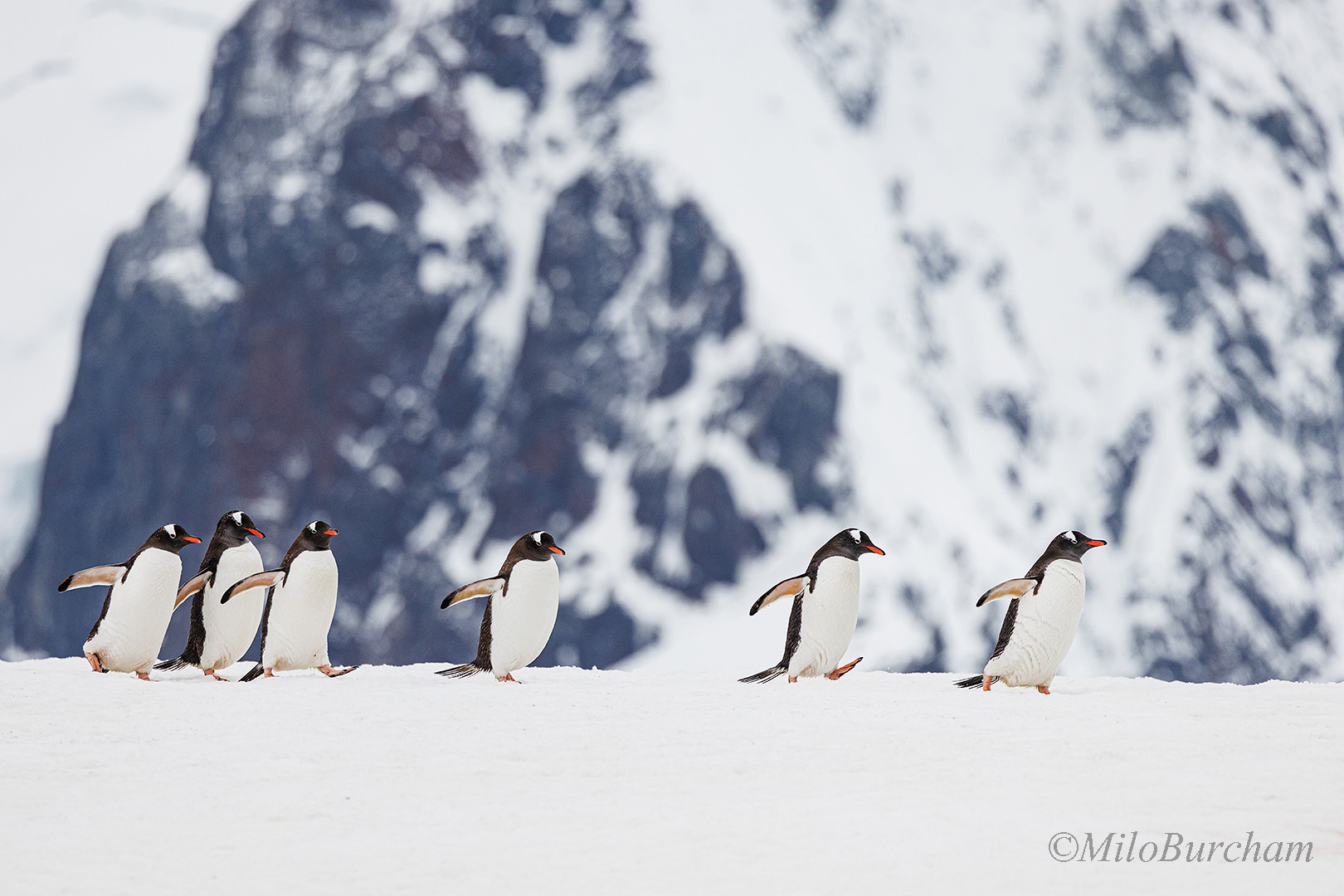
Gentoo Penguins, Port Charcot, Antarctic Peninsula (B_GEPE_0096)
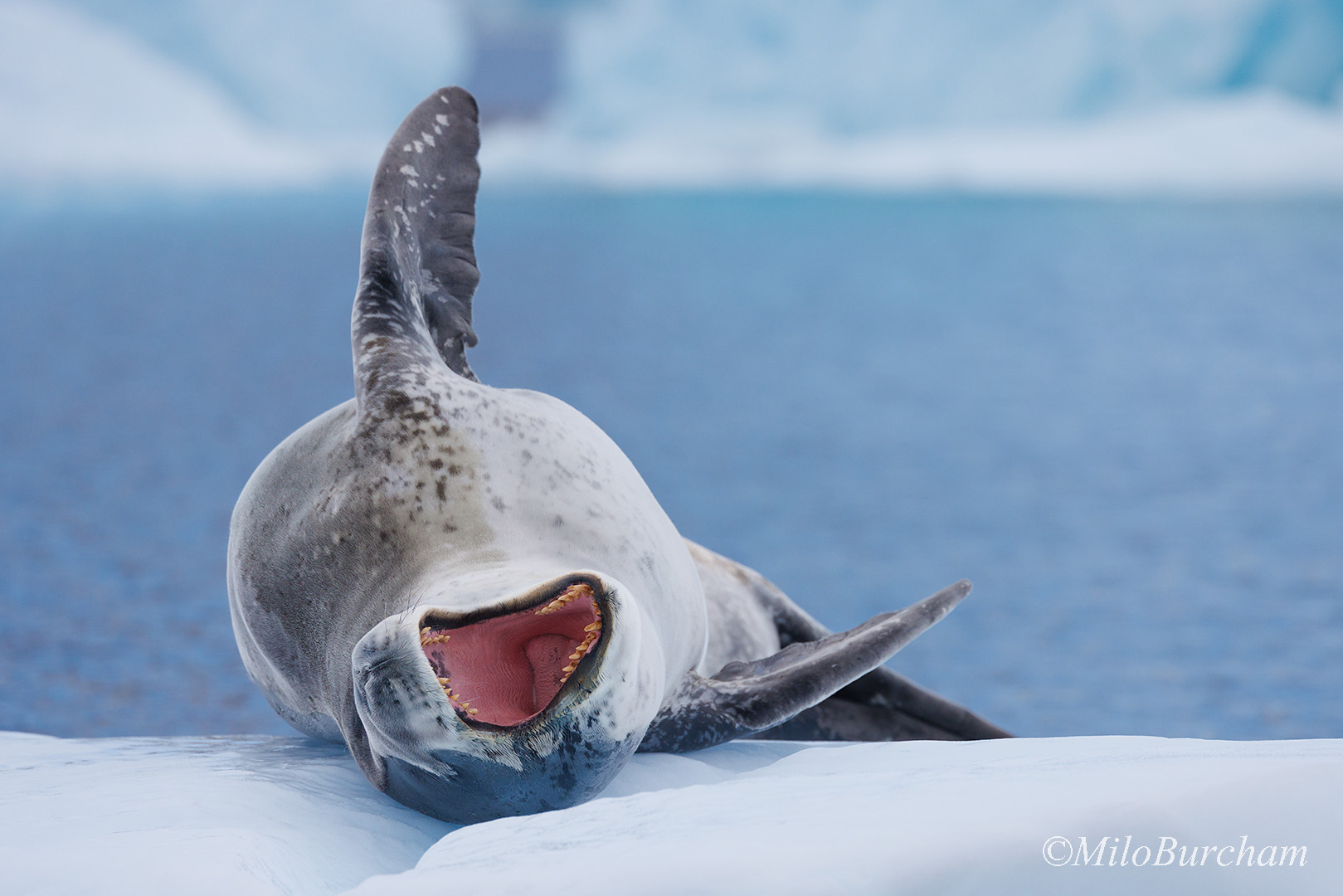
Leopard Seal on iceberg, Port Charcot, Antarctic Peninsula (M_LESE_0049)
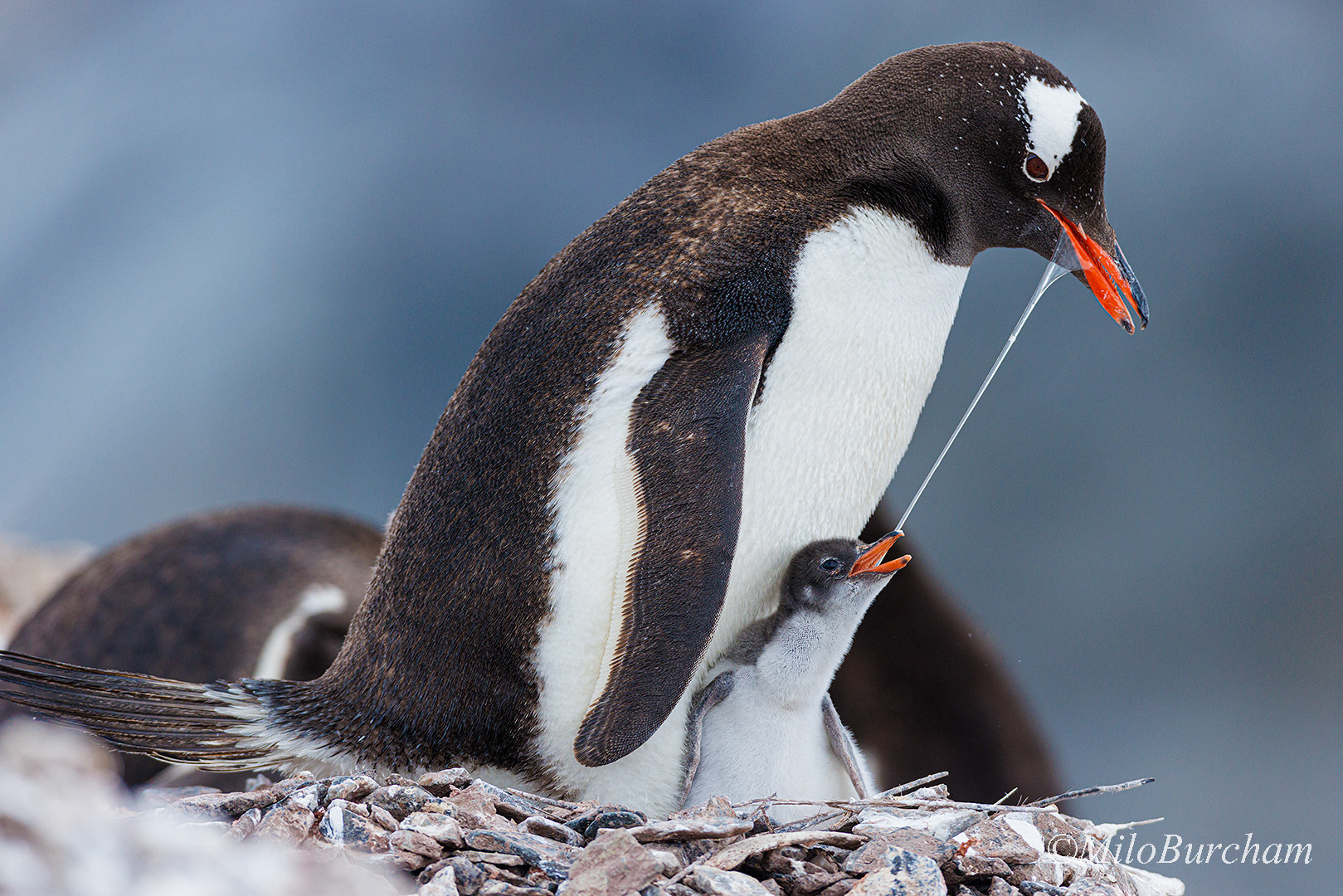
Gentoo Penguin feeding chick, Jougla Point, Antarctic Peninsula (B_GEPE_0153)

Adelie Penguins, Petermann Island, Antarctic Peninsula (B_ADPE_0051)
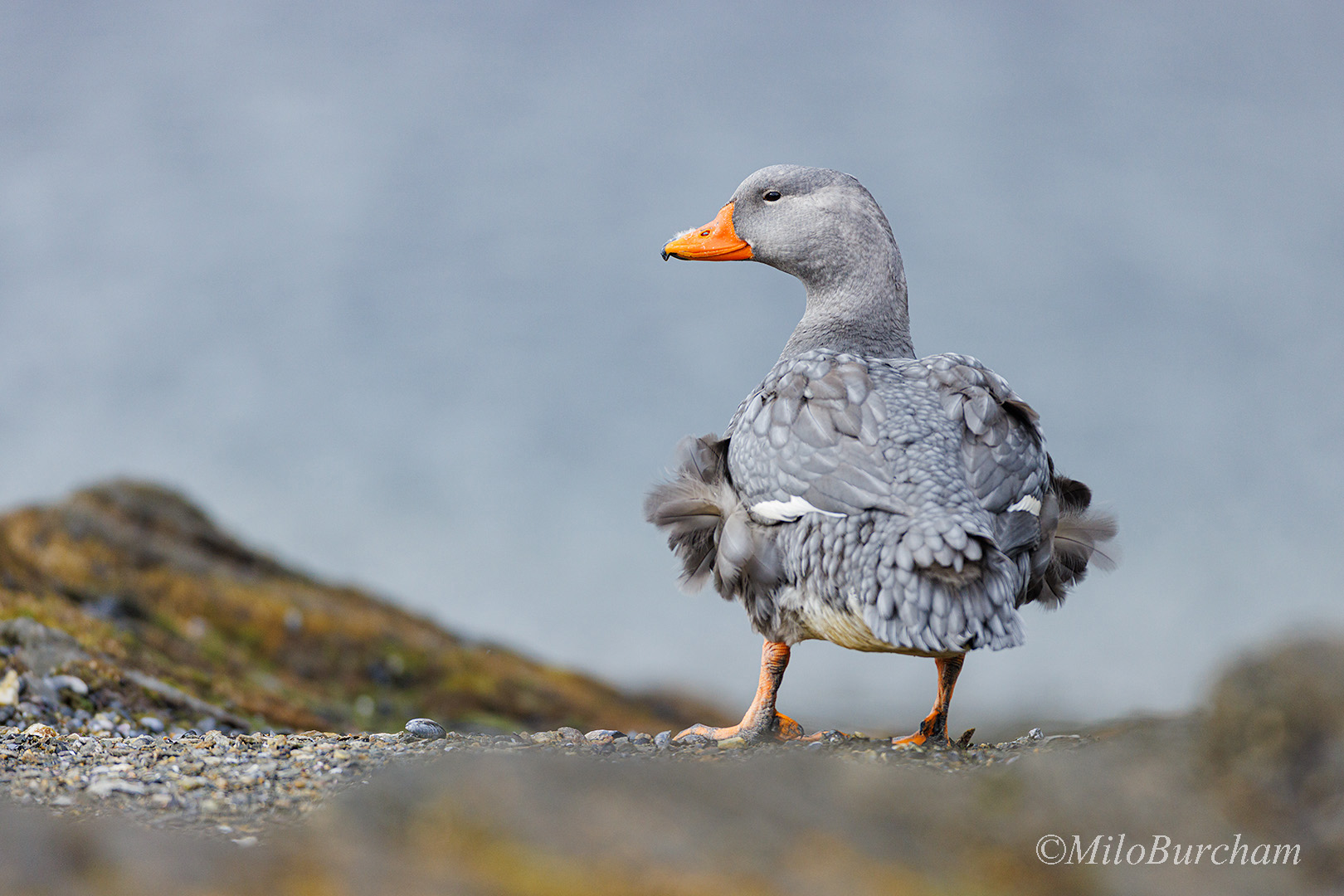
Flightless Steamer Duck, Tierra Del Fuego National Park, Argentina (B_FLSD_0020)
Back home, I spent time with some of my favorite subjects, and a few new ones.
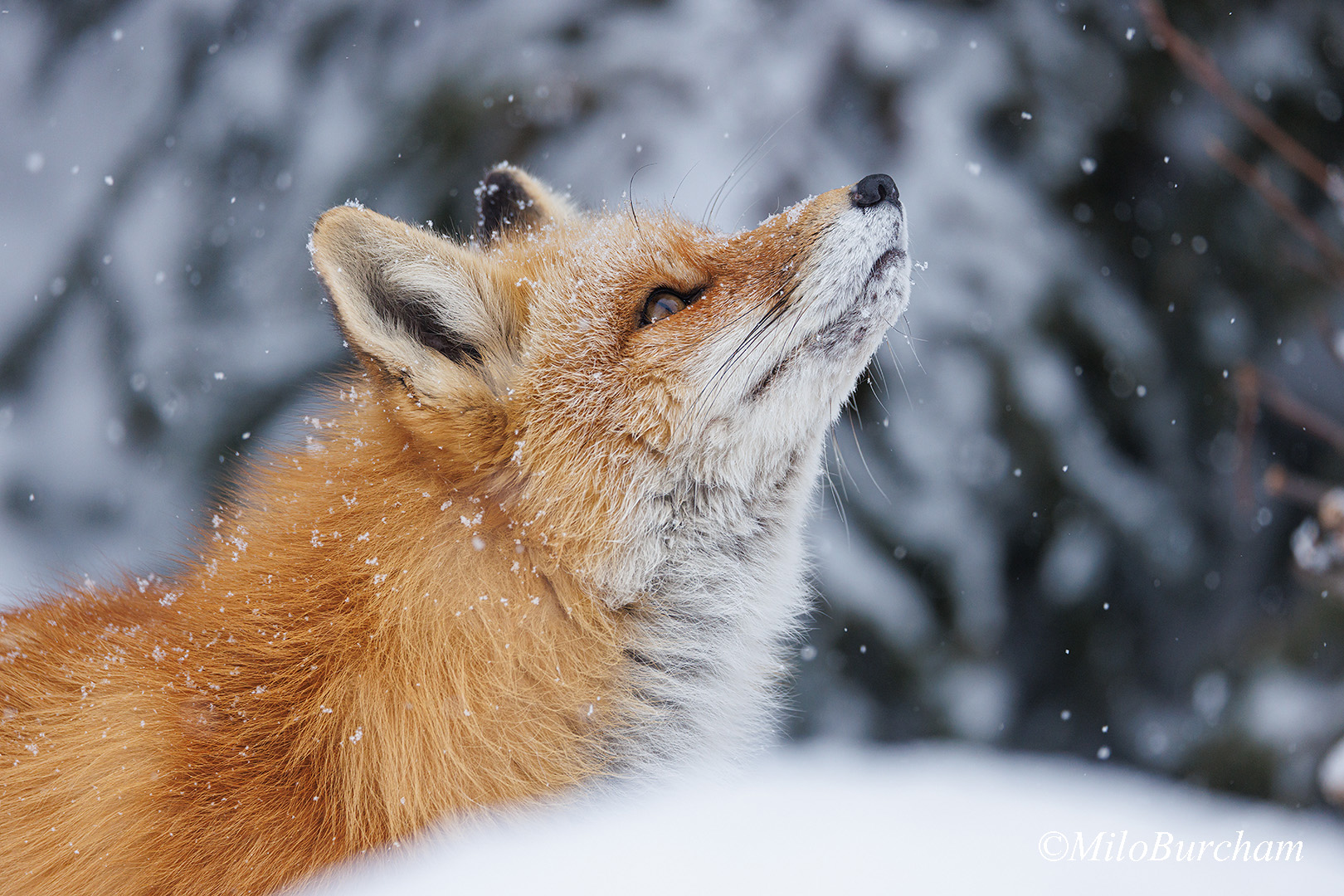
Red Fox in falling snow, Anchorage, Alaska (M_REFO_0119)
Rock Ptarmigan have long been one of my "white whales", so this year
I took Fairbanks friend Mark Lindberg up on his offer to show me some good locations. It made for a
nice April road trip through Alaska's interior, still gripped in winter.
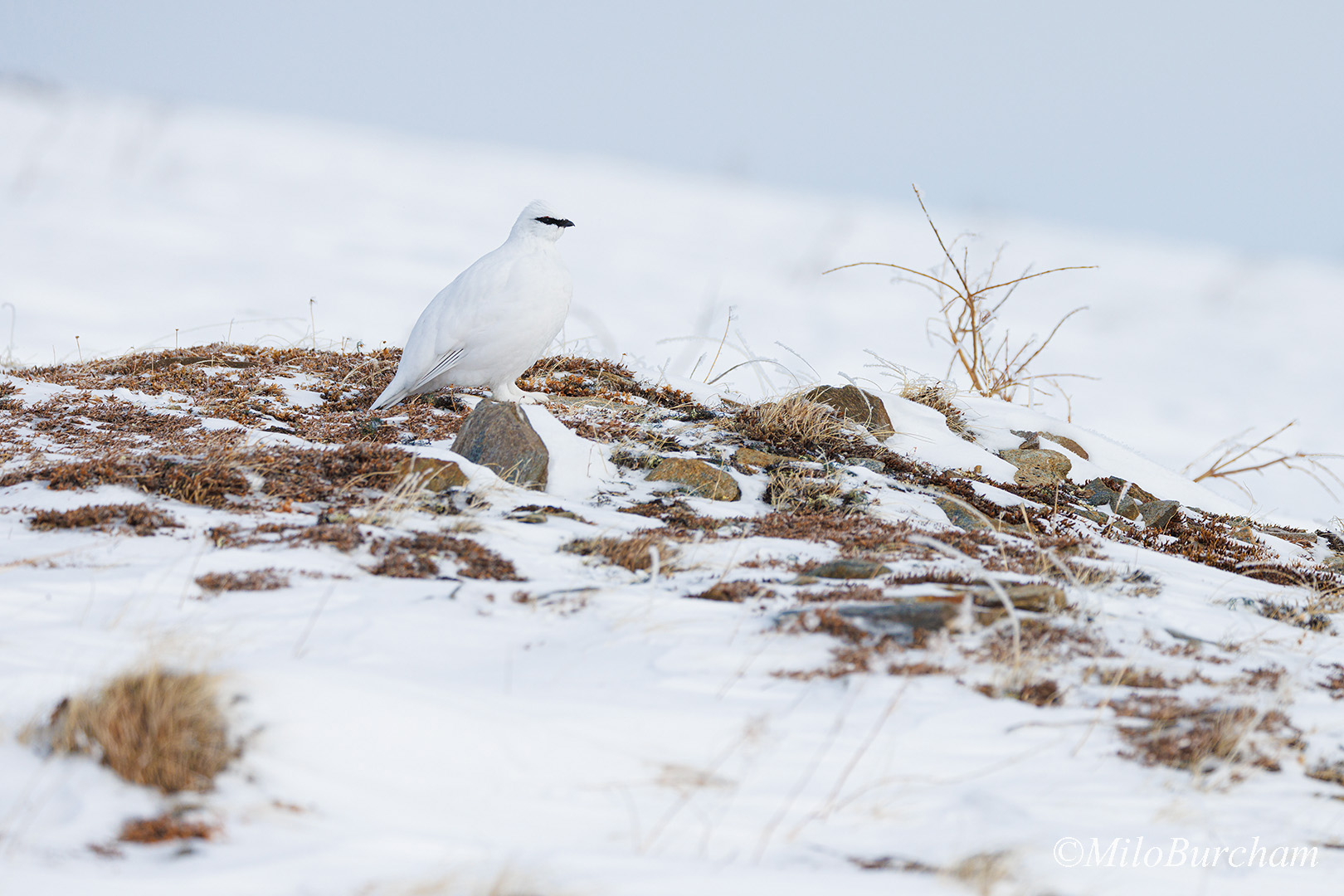
Rock Ptarmigan, White Mountains, Alaska (B_ROPT_0101)
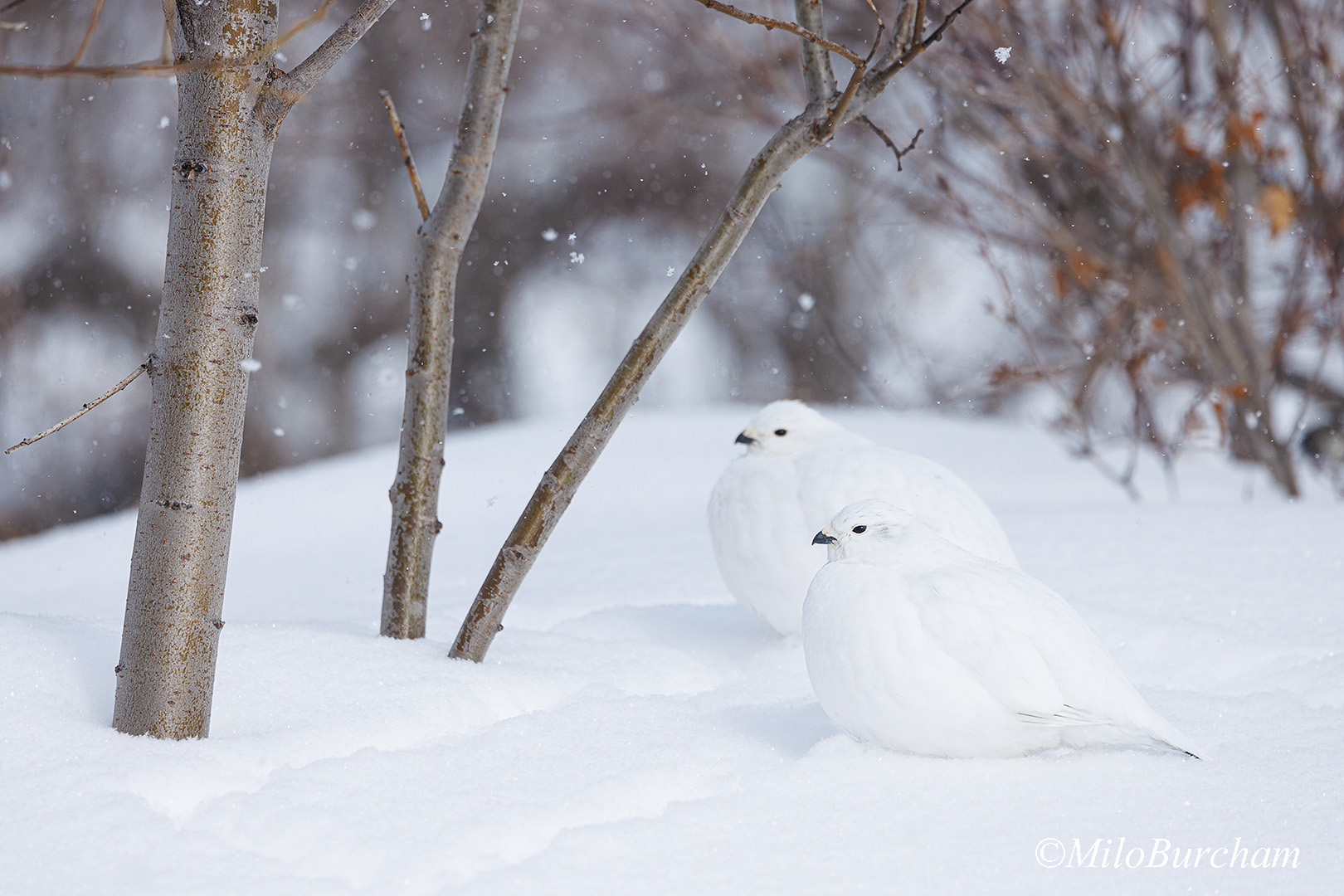
Willow Ptarmigan, Chugach Mountains, Alaska (B_WIPT_0529)
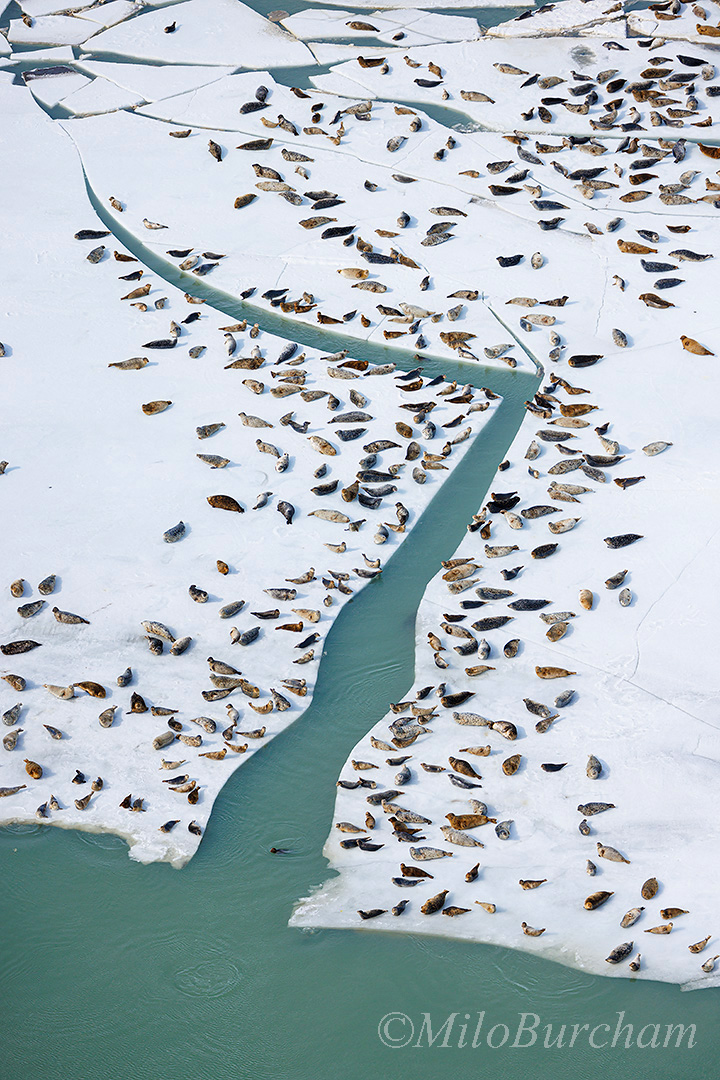
Harbor Seals hauled out on ice at the mouth of the Copper River, Alaska (M_HASE_J1A0823)
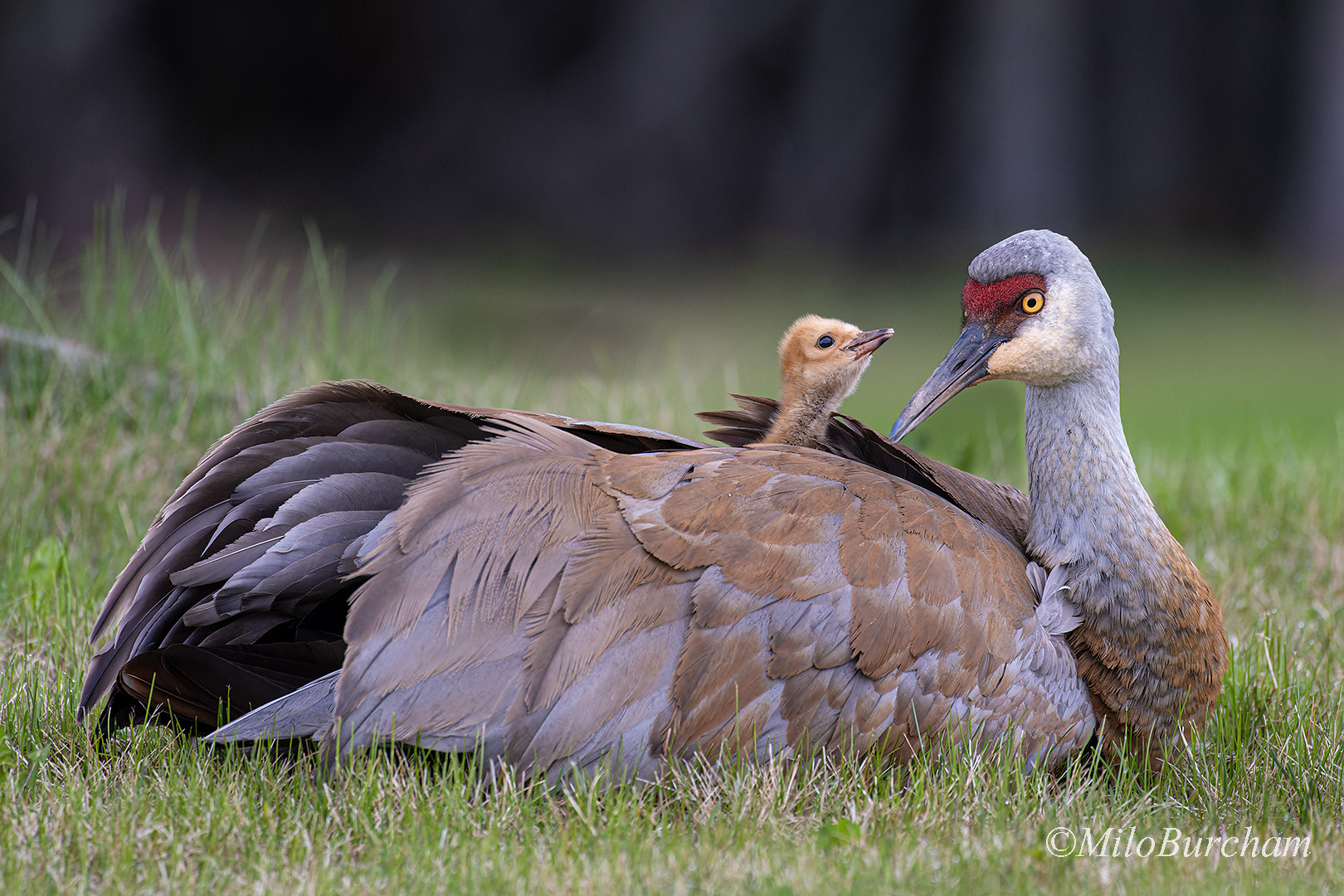
Sandhill Crane with colt, Homer, Alaska (B_SHCR_J1A9820)
I ran a boat for a filming project on the coast of Alaska's Katmai National Park and
for over two months observed Brown Bears in a variety of settings.
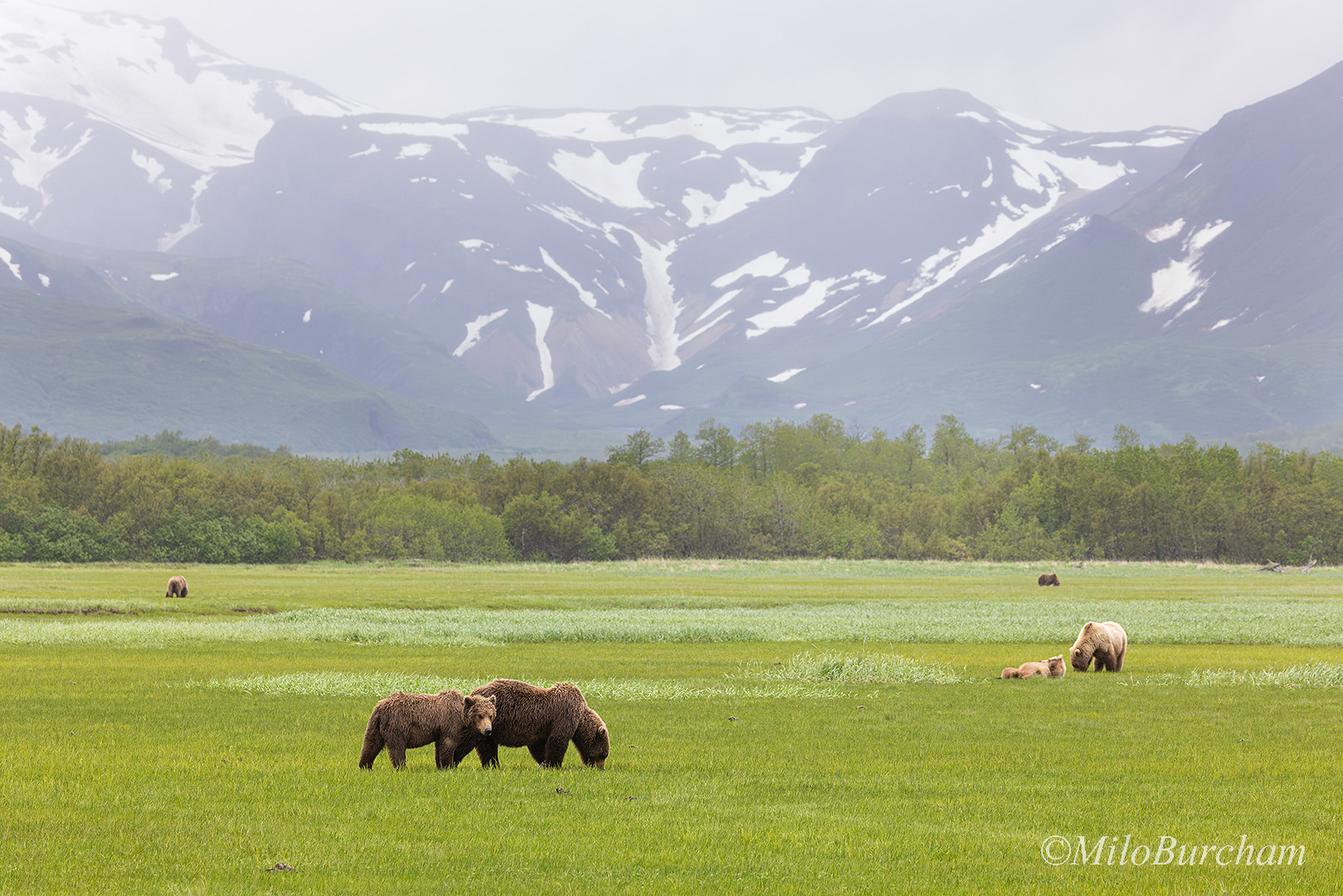
Brown Bears grazing on sedges, Hallo Bay, Katmai National Park, Alaska (M_BRBE_J1A3589)
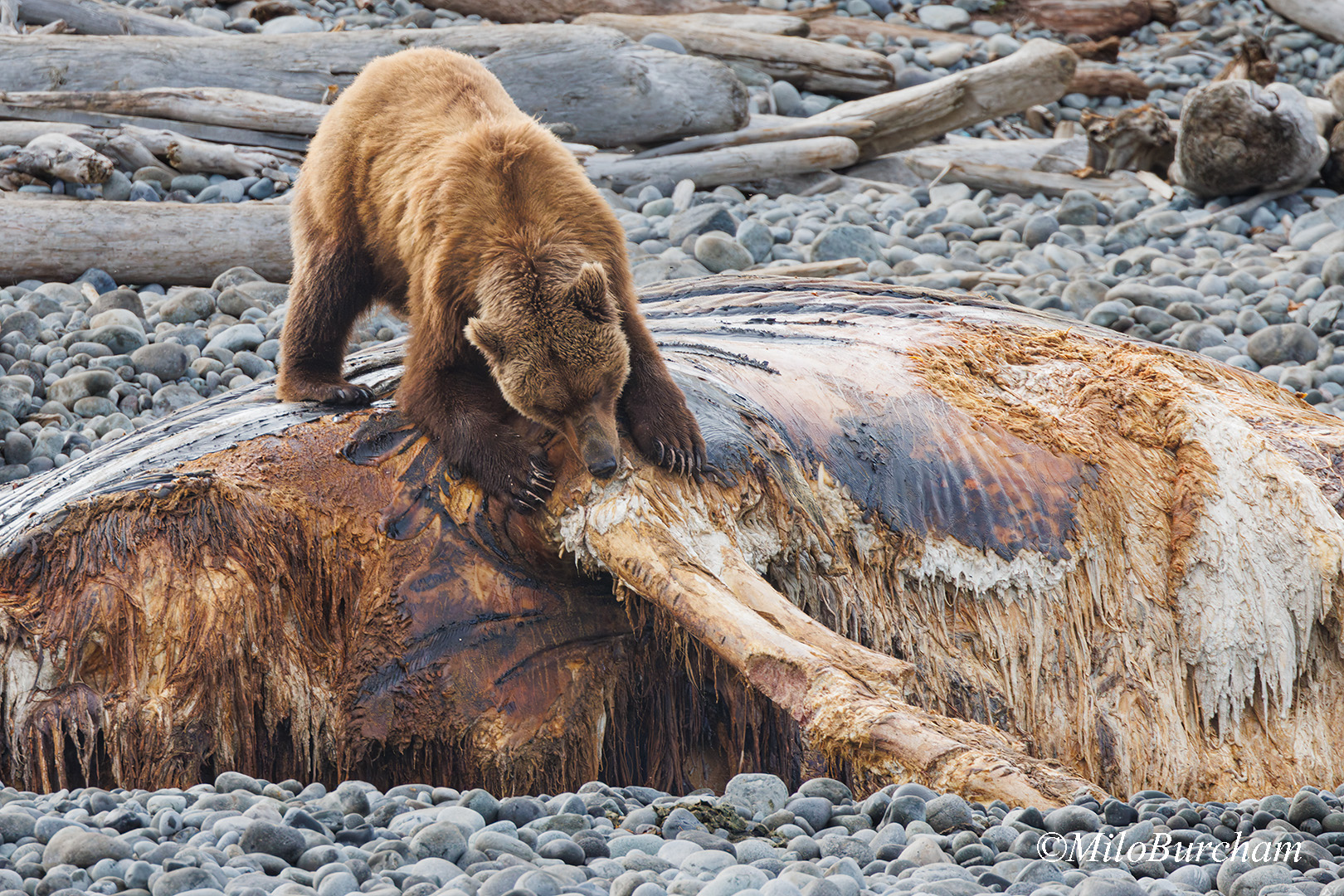
Brown Bear feeding on Humpack Whale carcass, Katmai National Park, Alaska (M_BRBE_J1A4391)
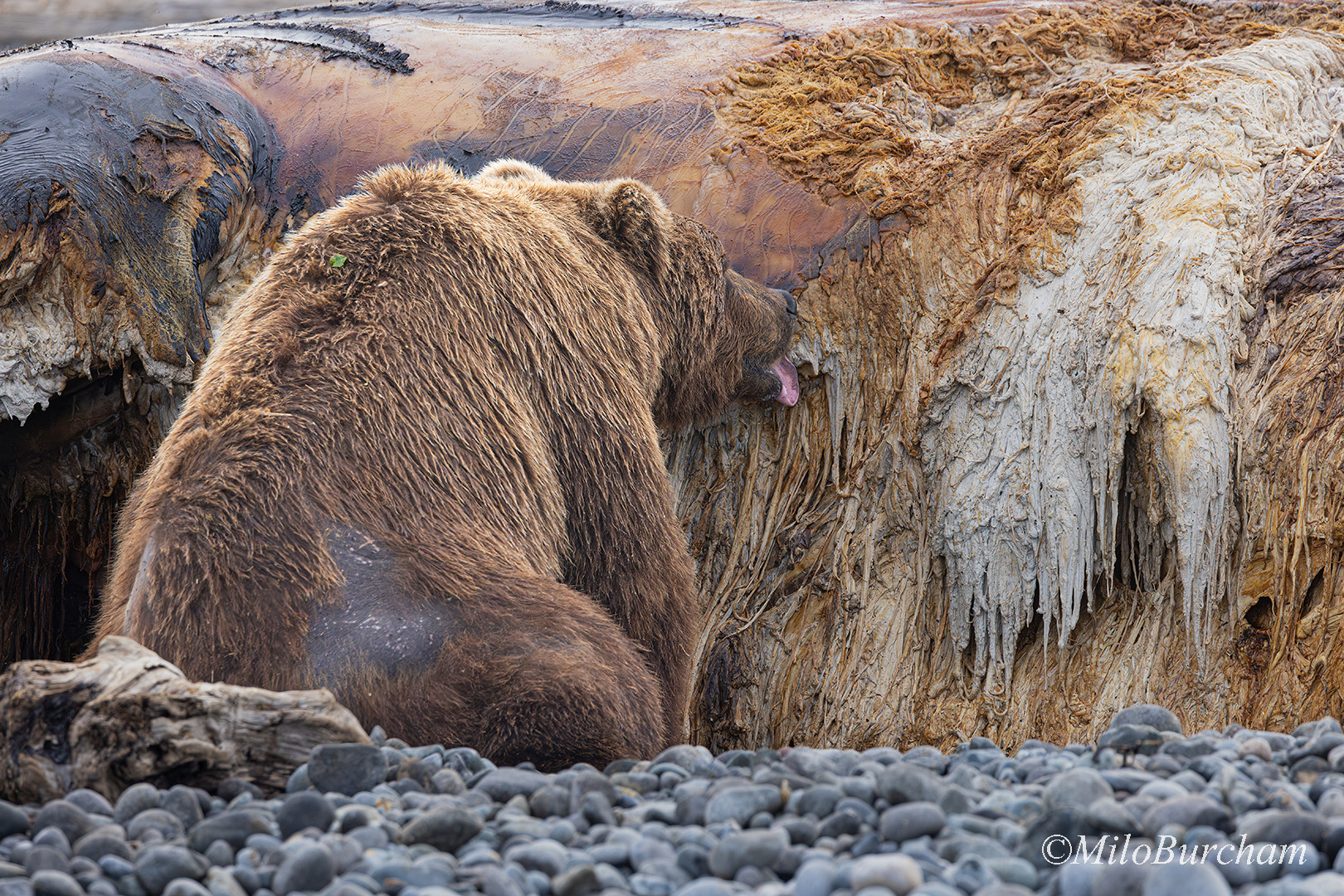
Brown Bear feeding on Humpack Whale carcass, Katmai National Park, Alaska (M_BRBE_J1A4469)
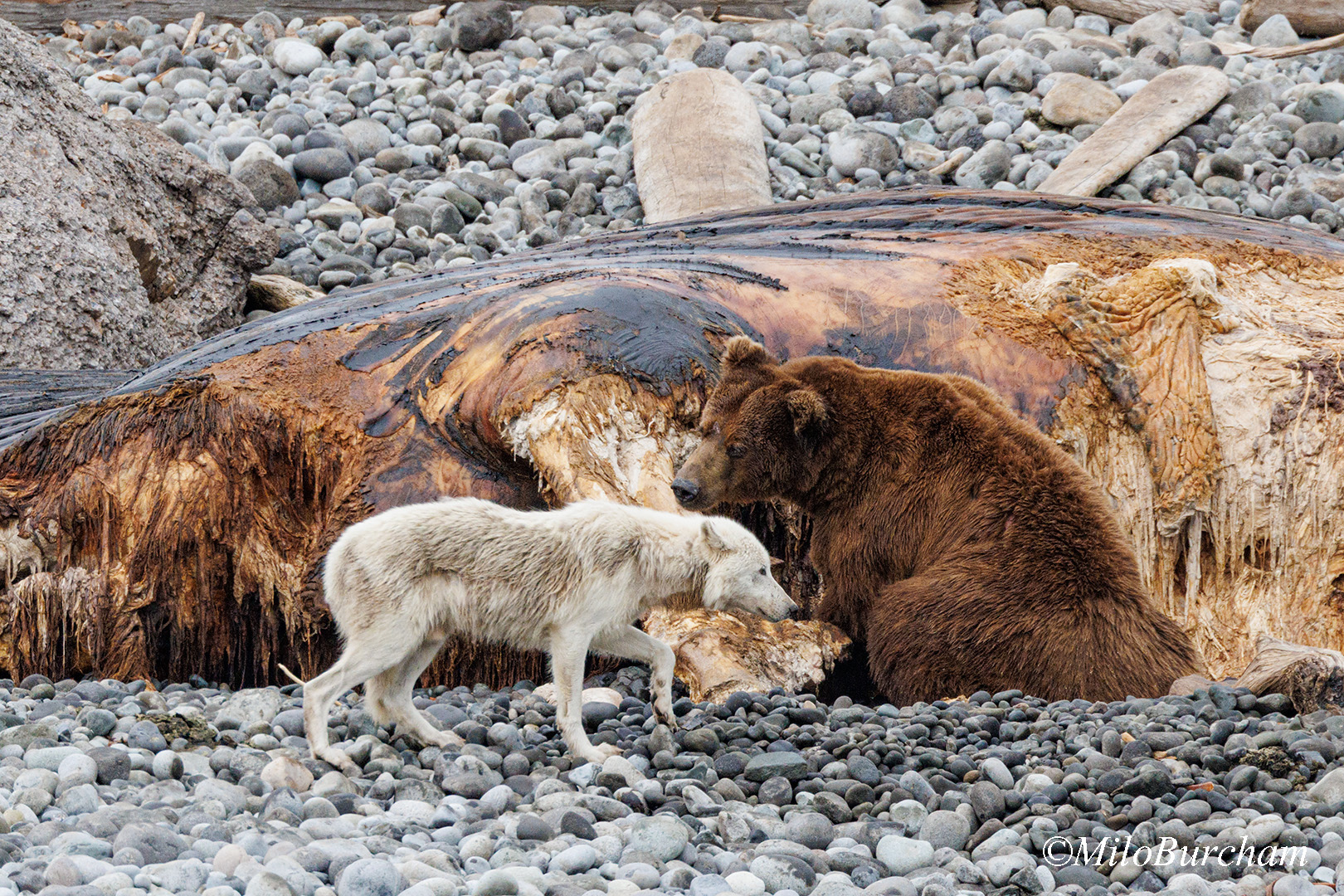
Brown Bear and submissive Gray Wolf at Humpack Whale carcass, Katmai National Park, Alaska (M_WOLF_J1A5408)

Brown Bear cub, Hallo Bay, Katmai National Park, Alaska (M_BRBE_J1A6895)
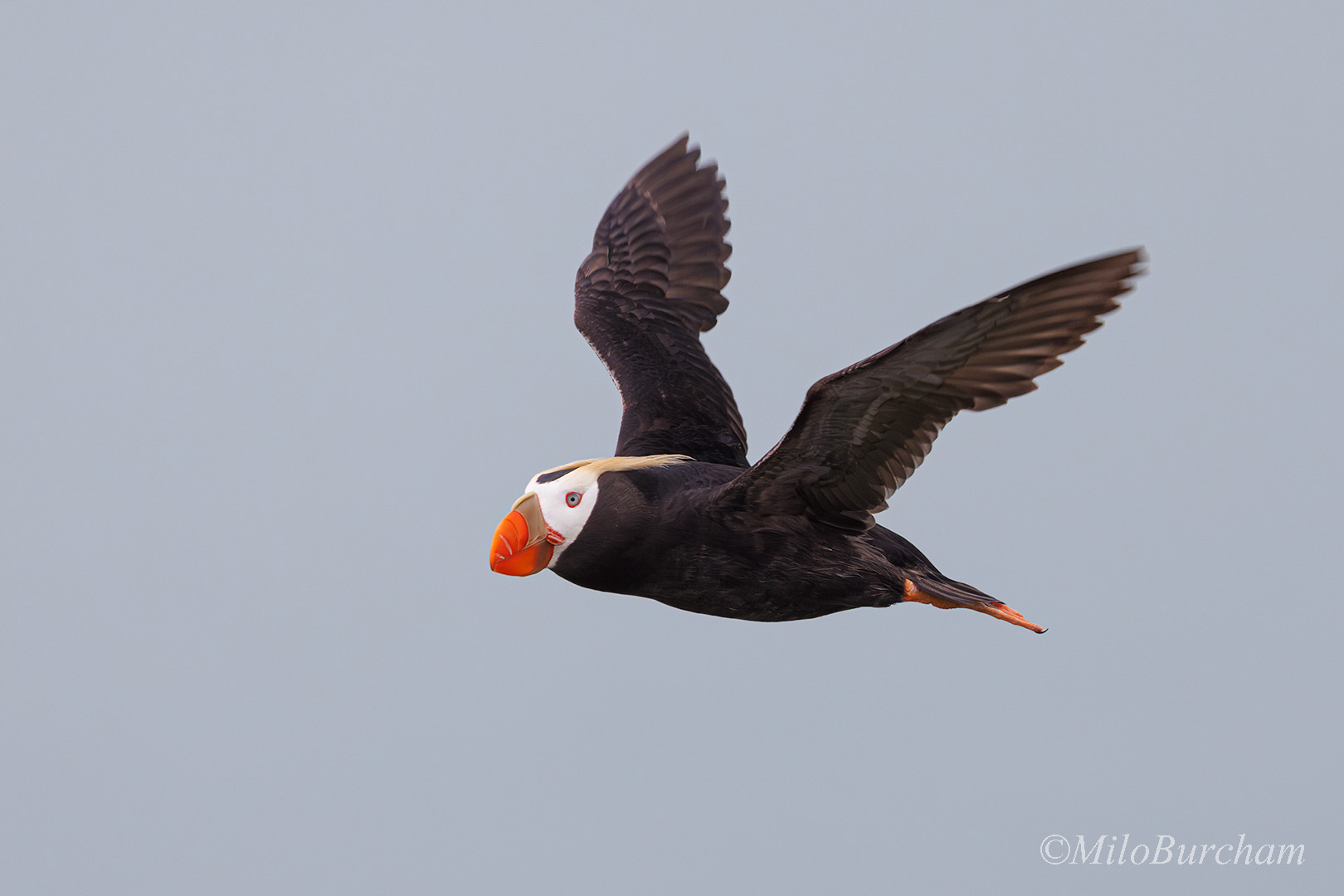
Tufted Puffin, Hallo Bay, Katmai National Park, Alaska (B_TUPU_J1A7665)

Brown Bear, Kukak Bay, Katmai National Park Alaska (M_BRBE_J1A7841)
When I returned home for a mid-summer break, there were reports of a Pacific
White-sided Dolphin in eastern Prince William Sound. In my 20+ years living here, I had never seen one.
We got a hot tip from a friend and headed out early the following morning. As we neared the back of a
nearby bay, we spotted the dolphin jumping repeatedly. Over the course of an hour we probably witnessed over 100 jumps
and had the dolphin approach the boat closely several times. There were more reports of this dolphin afterwards,
including some from right in front of town.
Who knows what it was doing here and if it will return in the future???
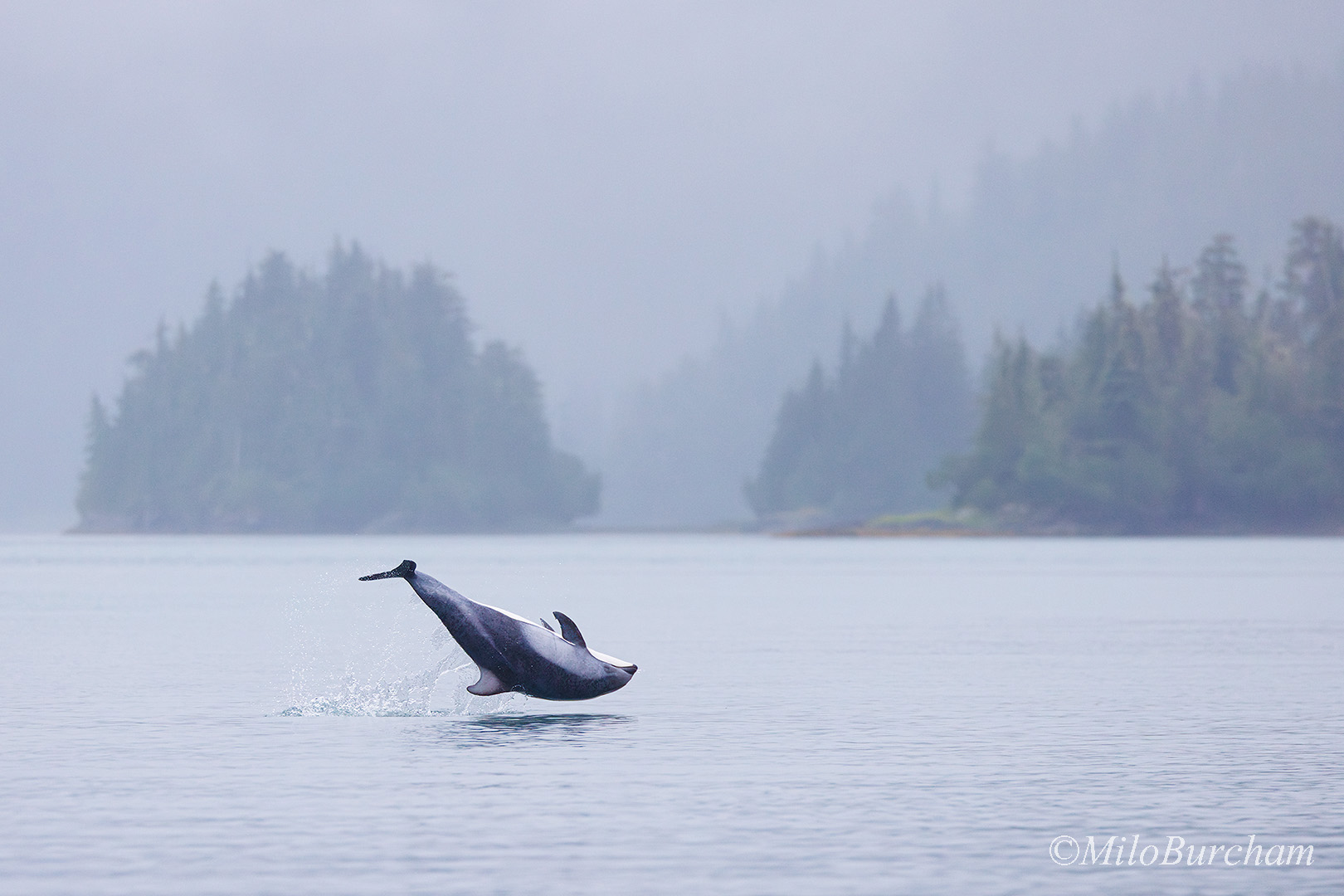
Pacific White-sided Dolphin, Prince William Sound, Alaska (M_PWSD_J1A1995)
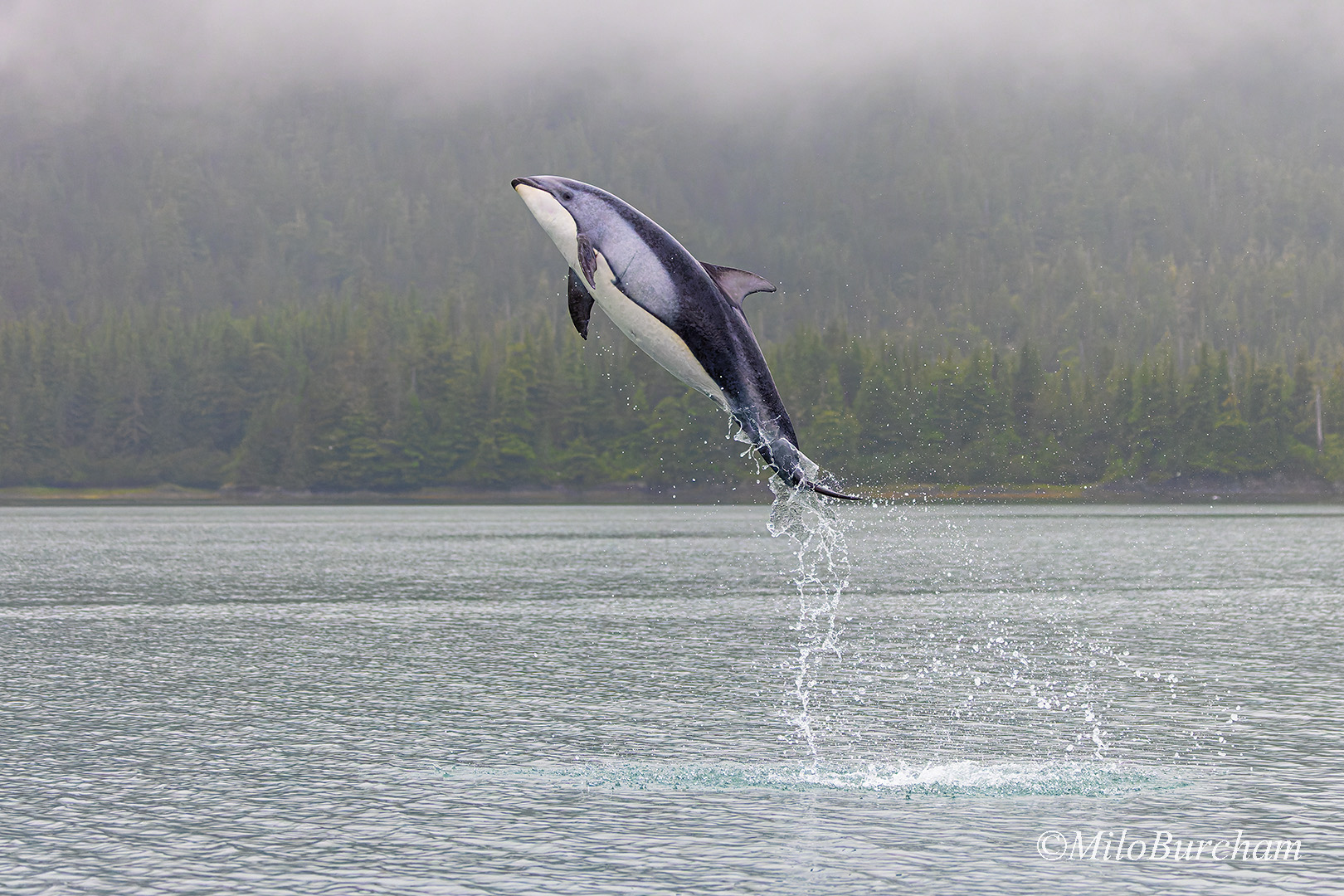
Pacific White-sided Dolphin, Prince William Sound, Alaska (M_CARI_A8A9958M_PWSD_J1A2035)
I then returned to the Katmai Coast until early September.
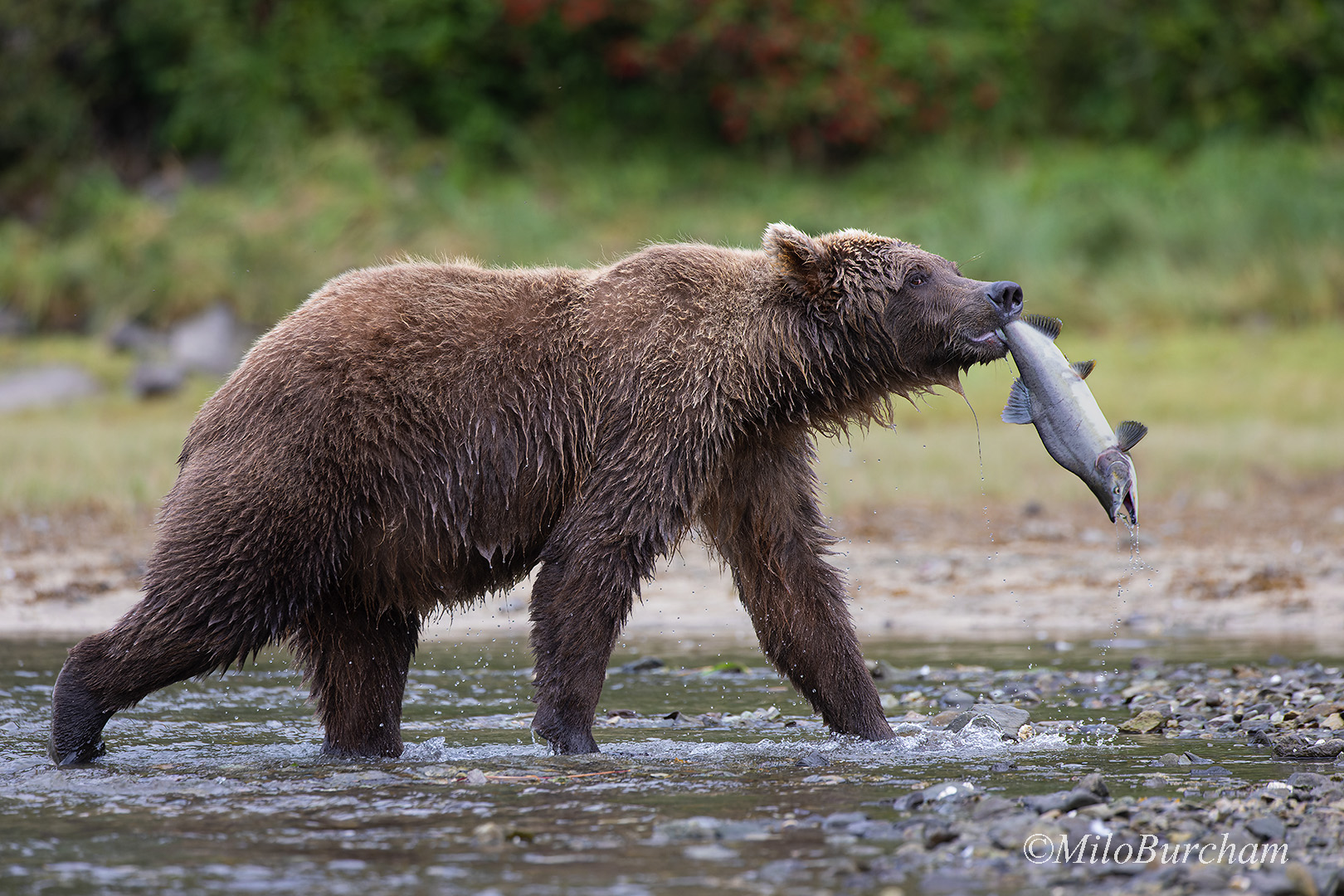
Brown Bear with Pink Salmon, Geographic Harbor, Katmai National Park, Alaska (M_BRBE_J1A9250)

Brown Bear with cub, Geographic Harbor, Katmai National Park, Alaska (M_BRBE_J1A0094)
Stars aligned and I returned to the Southern Ocean in mid-October.
This trip with Cheesemans' Ecology Safaris included South Georgia Island and was early in the austral spring.
Being one of the first ships to visit South Georgia was fortuitous as Highly Pathogenic Avian Influenza (HPAI) was
racing south, and almost sure to reach South Georgia and the Antarctic Peninsula this season. In fact,
early reports of bird mortalities resulted in the first closures of the season, preventing us from landing at St. Andrews Bay.
We were, however, able to land at our remaining planned sites.
Those after us were not so lucky.
More reports of wildlife mortalities followed, resulting in closures of most popular landing sites
on South Georgia. The total effects of HPAI in the region remain to be seen as of this writing, however,
there have been many reports of dead Skuas, Kelp Gulls, and marine mammals.

King Penguins, Right Whale Bay, South Georgia Island (B_KIPE_J1A1979)
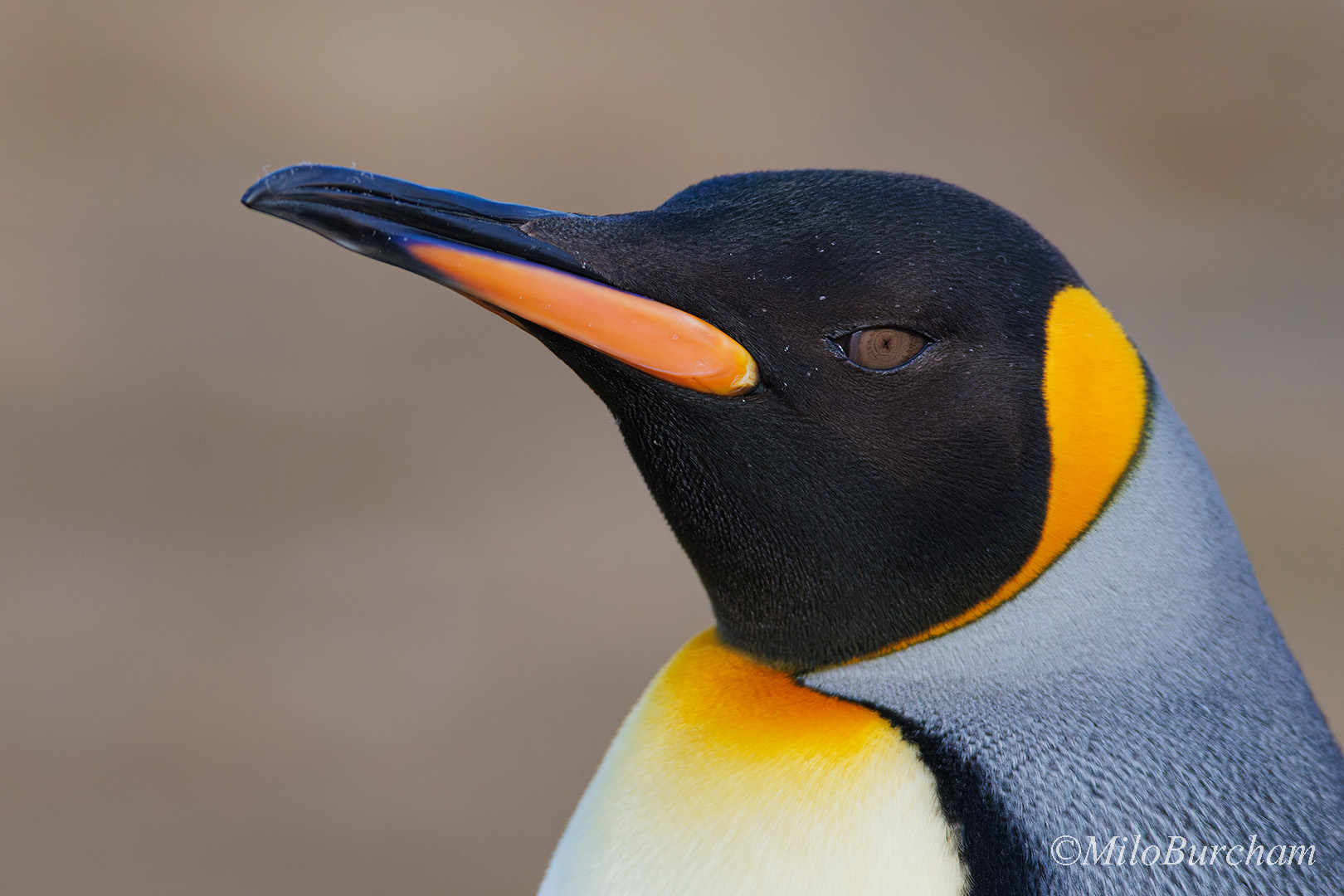
King Penguin closeup, Right Whale Bay, South Georgia Island (B_KIPE_A8A5444)

King Penguins, Salisbury Plain, South Georgia Island (B_KIPE_J1A3060)
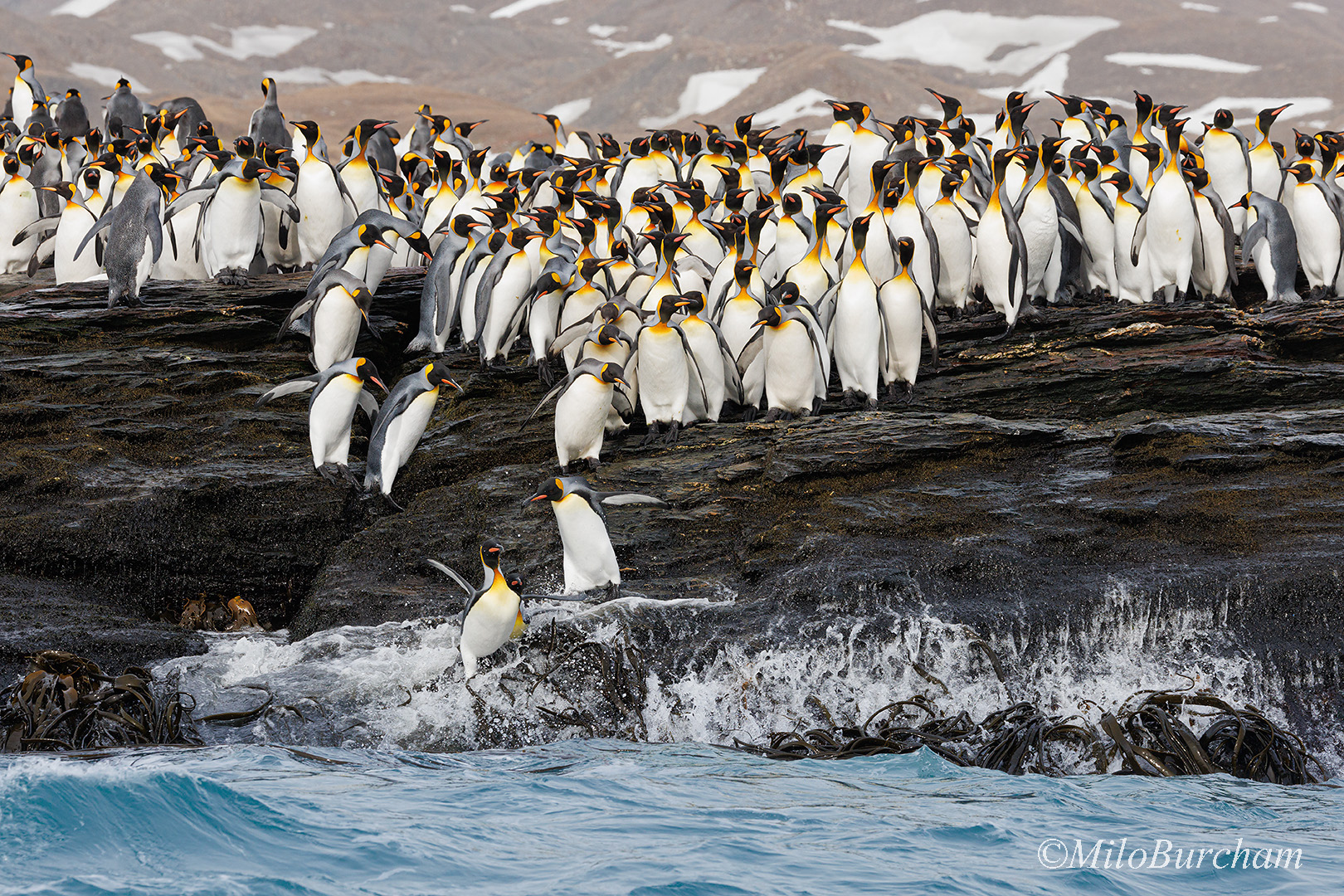
King Penguins, St. Andrews Bay, South Georgia Island (B_KIPE_J1A4168)
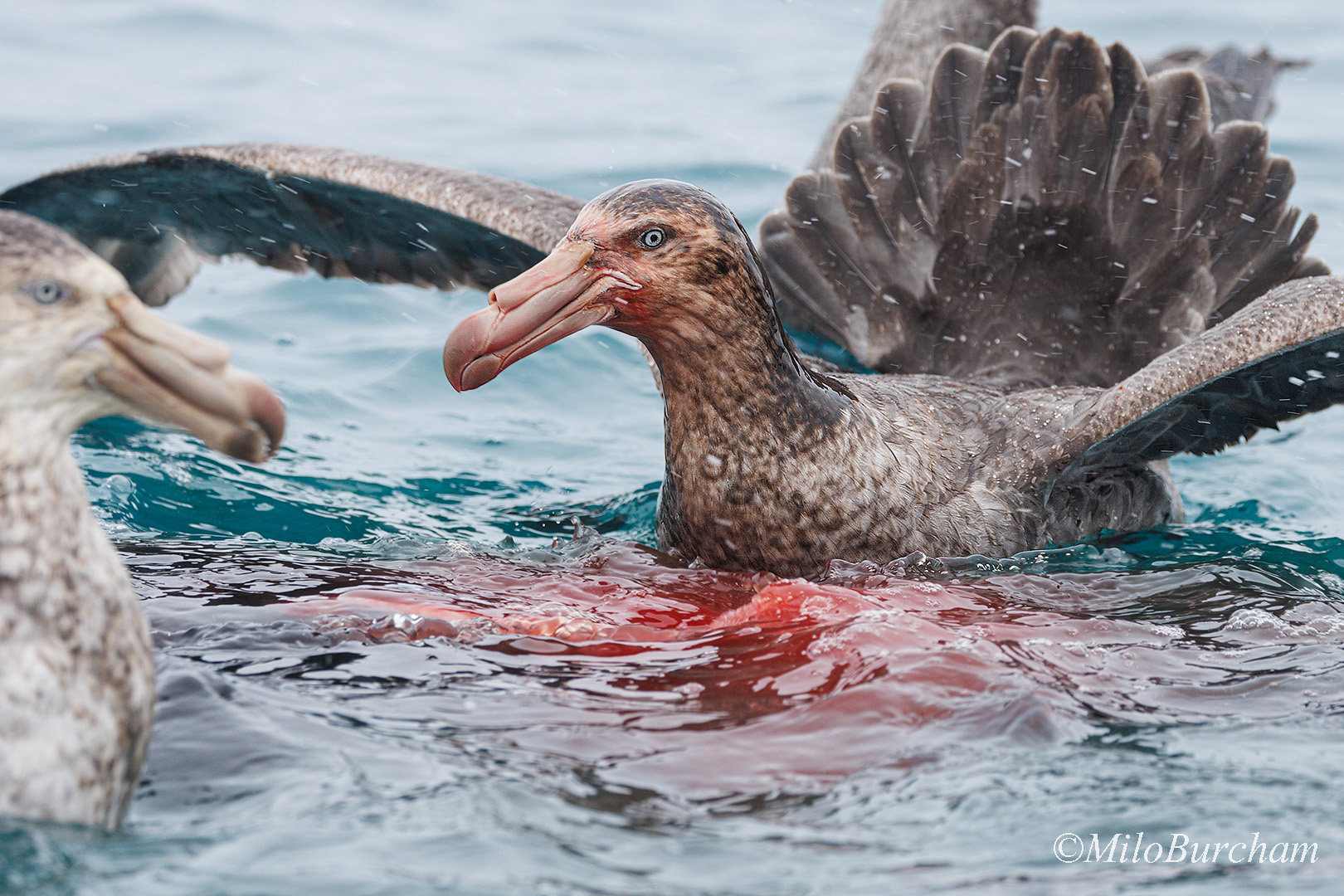
Northern Giant Petrel scavenging Antarctic Fur Seal carcass, Gold Harbour, South Georgia Island (B_NOGP_J1A7410)
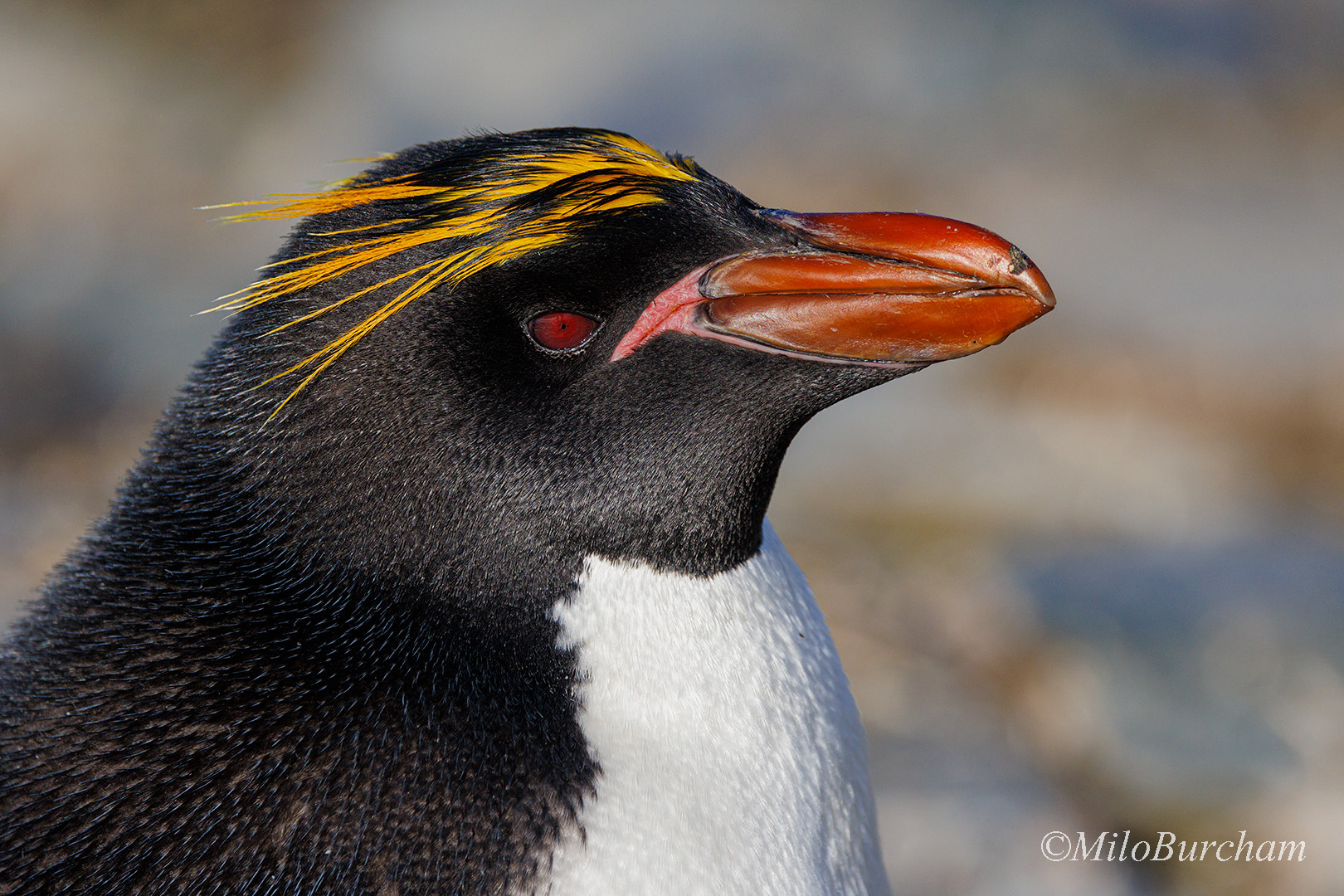
Macaroni Penguin, Cooper Bay, South Georgia Island (B_MAPE_J1A7663)
A relatively rough crossing brought us to the Antarctic Peninsula.

Snow Petrel in snowstorm, Gerlache Straight, Antarctic Peninsula (B_SNPE_J1A1921)

Gentoo Penguins, Cuverville Island, Antarctic Peninsula (B_GEPE_J1A2115)

Gentoo Penguin colony, Cuverville Island, Antarctic Peninsula (B_GEPE_J1A2631)
Perhaps the highlight of the trip was watching between 5,000 and 10,000 Gentoo Penguins erupting
from the ocean and climbing the slopes of Danco Island.

Gentoo Penguins emerging from sea, Danco Island, Antarctic Peninsula (B_GEPE_J1A2664)

Gentoo Penguins, Danco Island, Antarctic Peninsula (B_GEPE_J1A2953)
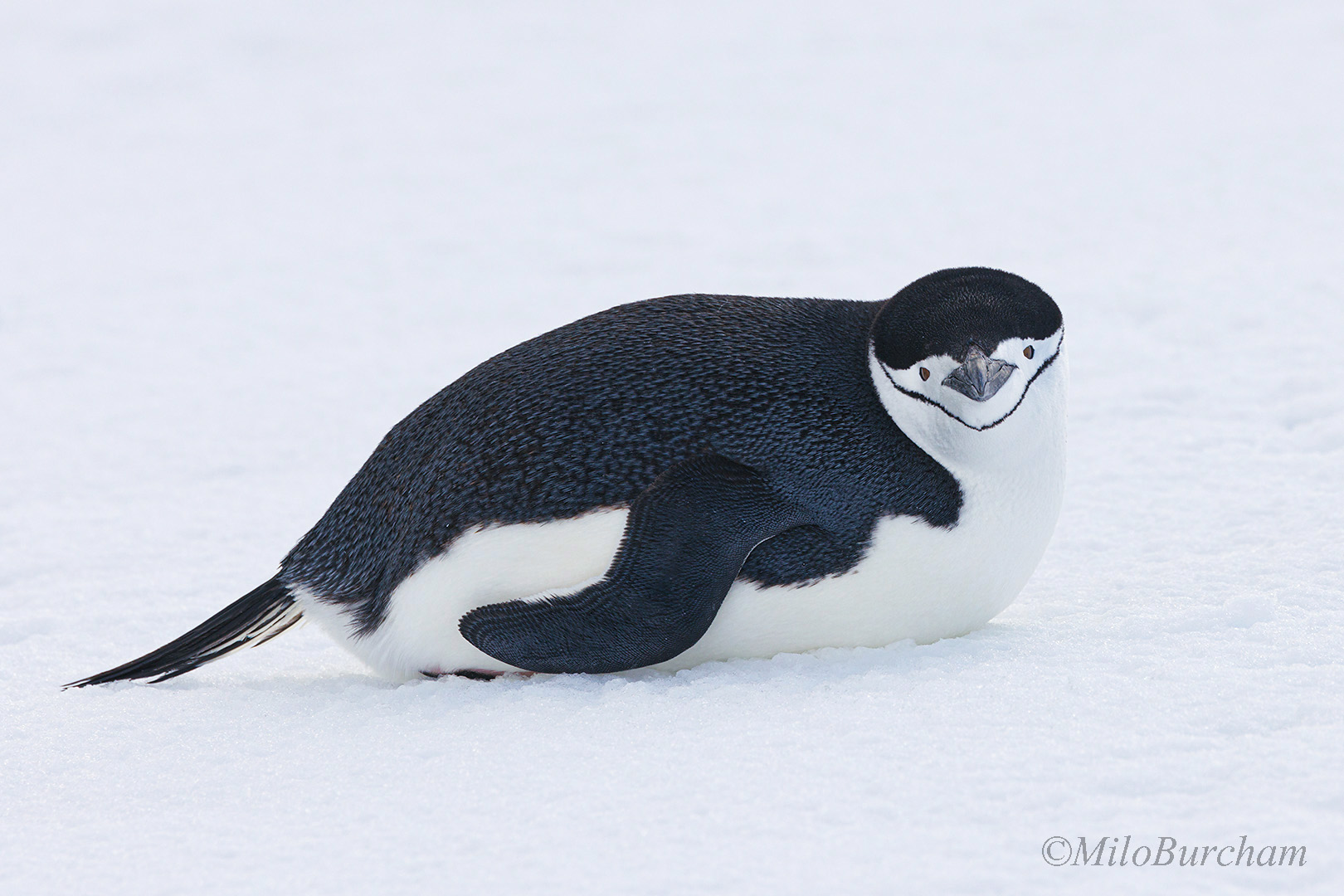
Chinstrap Penguin, Half Moon Island, South Shetland Islands, Antarctic Peninsula (B_CSPE_J1A3661)
No respect.
Often called 'shit chickens', the Snowy Sheathbill is one thrifty bird.
Although most closely related to shorebirds,
they have been placed in their own Family. They are the only land bird native to Antarctica.
Sheathbills are unafraid and forage on just about anything, including marine invertebrates,
scavenging carcasses, stealing food being regurgitated to penguin chicks, and yes, they eat feces.
They may not win any beauty contest but they have won my respect!
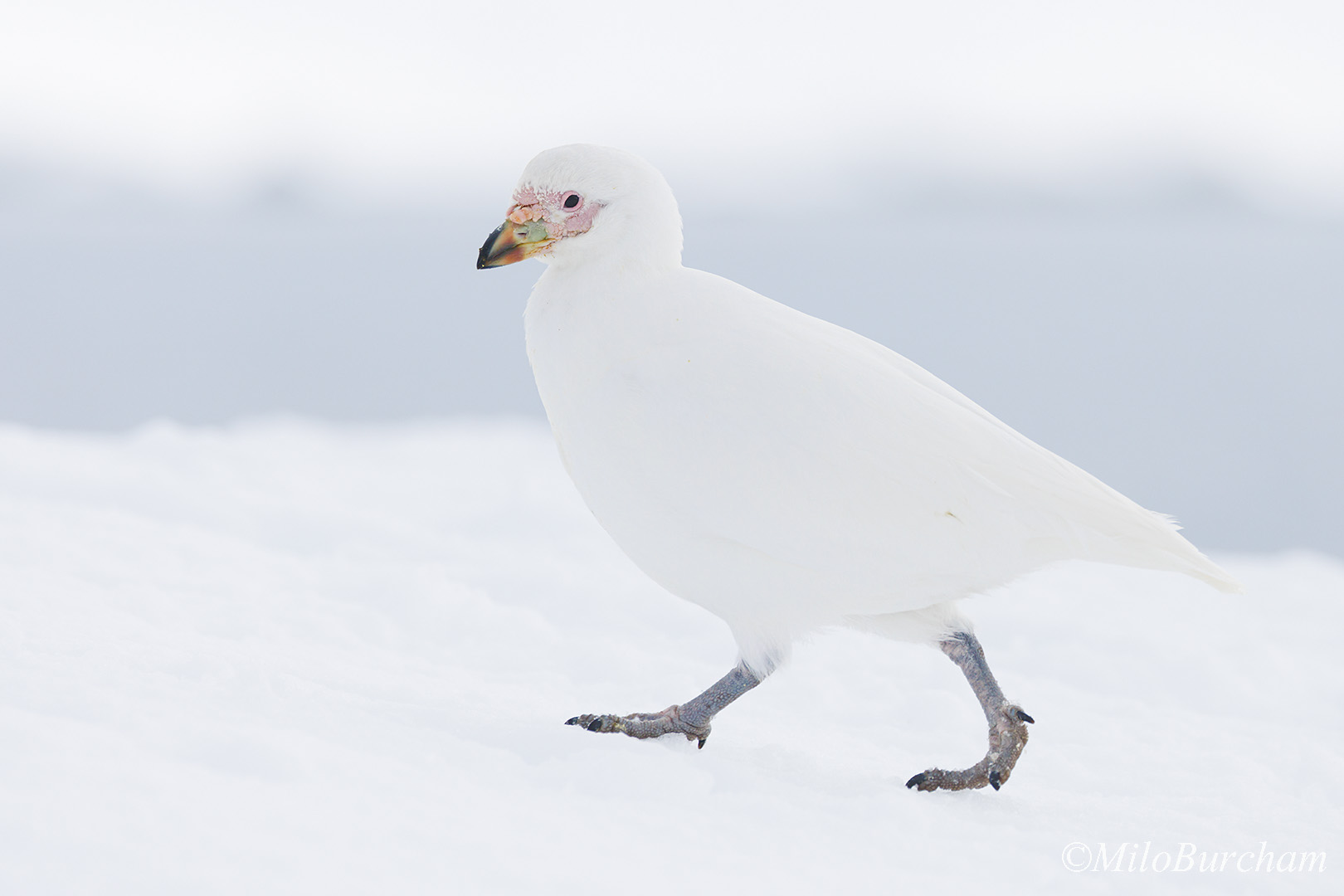
Snowy Sheathbill, Half Moon Island, South Shetland Islands, Antarctic Peninsula (B_SNSB_J1A4757)
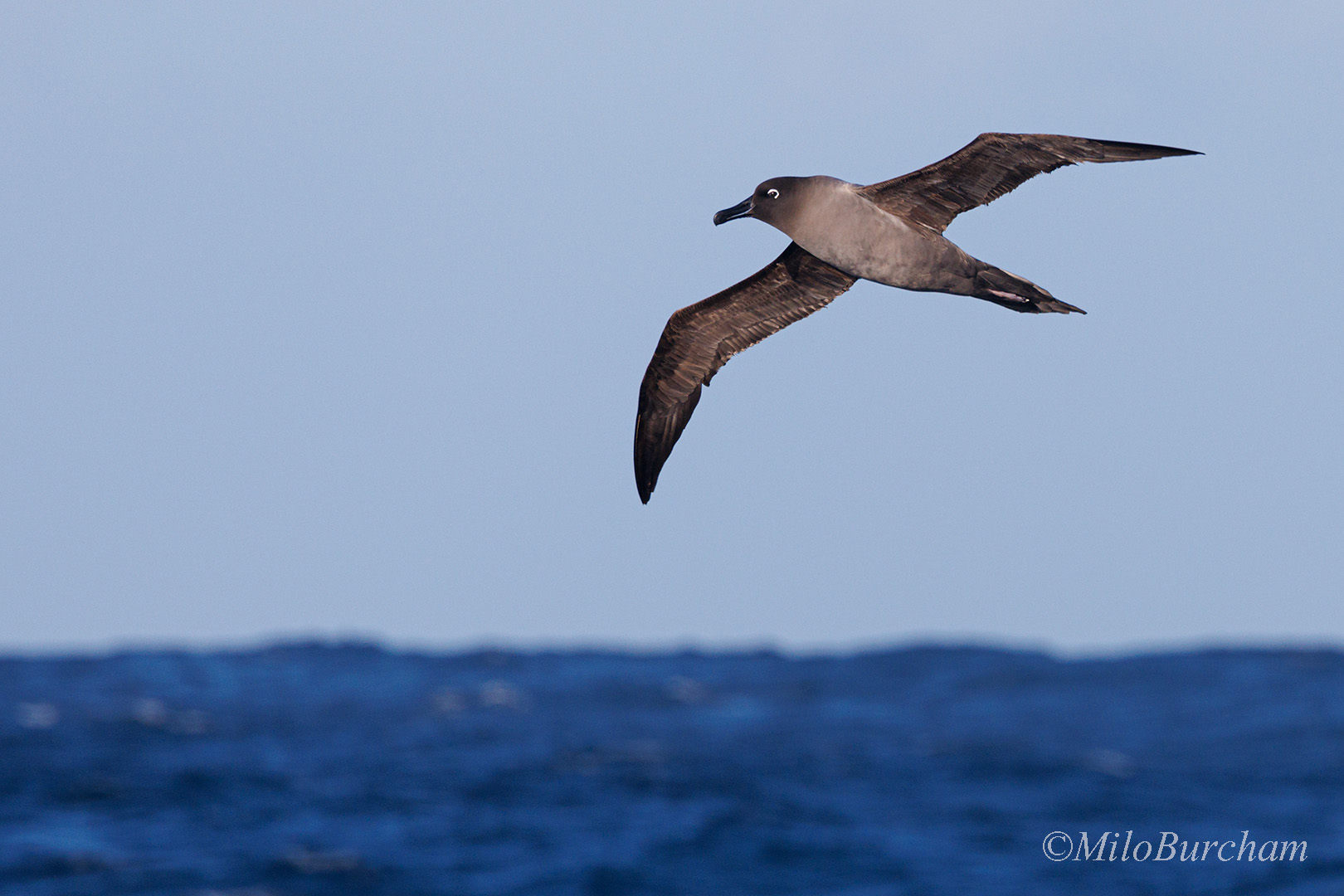
Light-mantled Albatross, Drake Passage (B_LMAL_J1A6386)

Gray-headed Albatross, Drake Passage (B_GHAL_J1A6885)
After the Antarctic cruise, and since I was already there, I decided to
spend two weeks in the Patagonia region of southern Chile. While working on the Katmai Coast
over the summer, I met an assistant to another film crew, who just so happened to be from southern Chile,
and guide photographers on an estancia bordering Torres del Paine National Park. The estancia is renowned
for its Pumas which have been featured in many nature films.
Meeting up with Vicente Montero and seeing the Pumas and other wildlife native to this region was a thrill.

Puma near Torres del Paine National Park, Chile (M_PUMA_A8A6132)
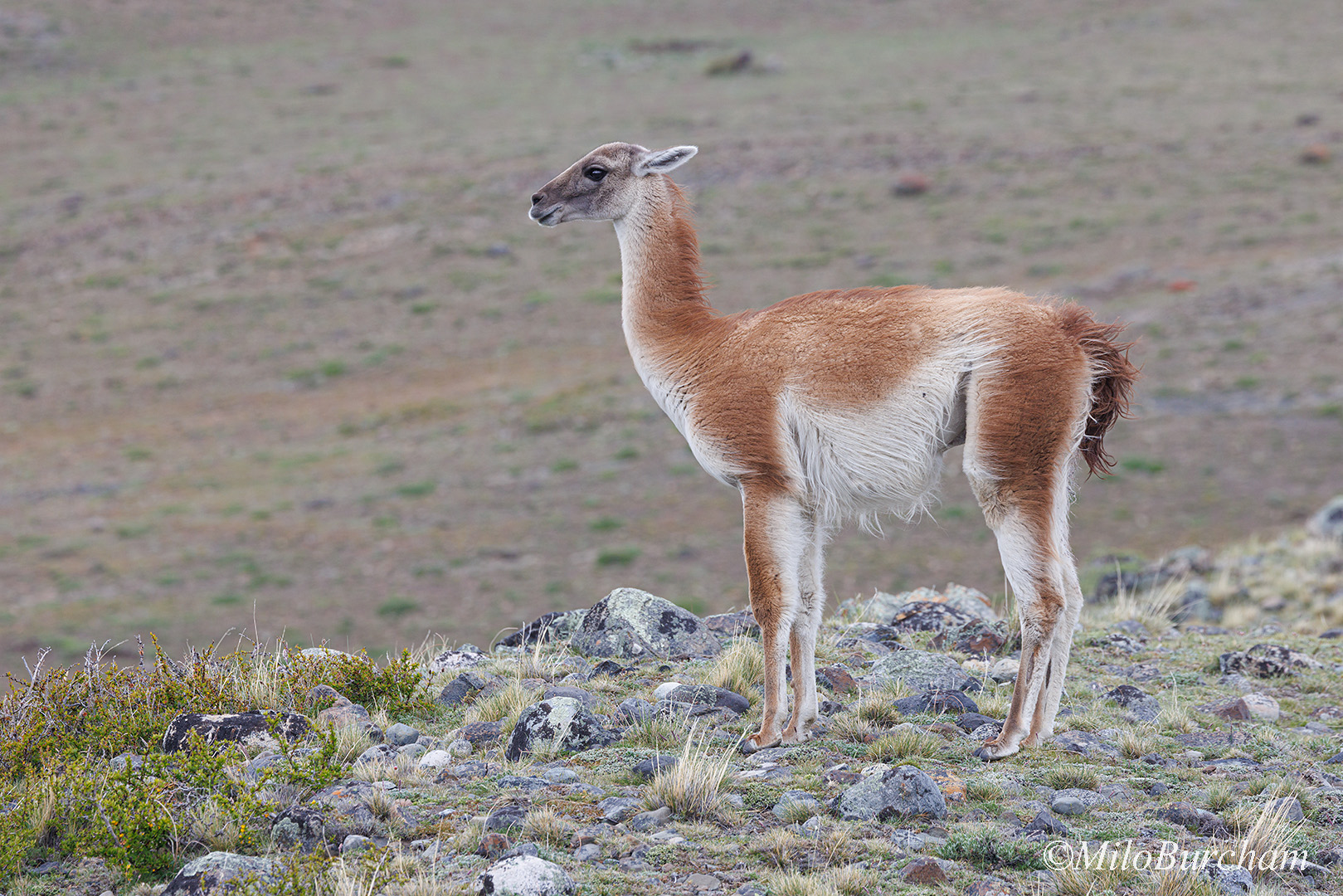
Guanaco near Torres del Paine National Park, Chile (M_GUAN_J1A9008)
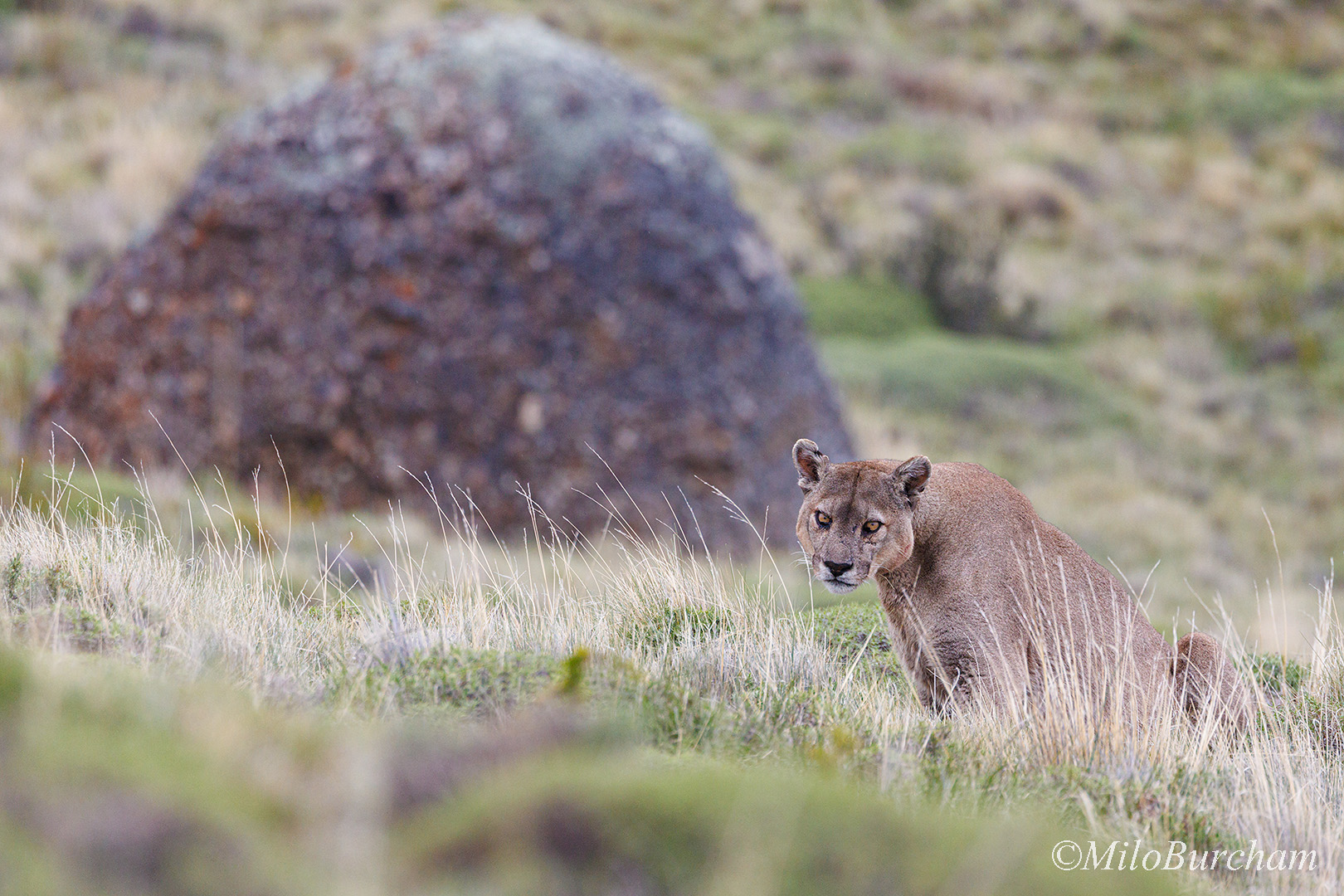
Puma near Torres del Paine National Park, Chile (M_PUMA_J1A9812)
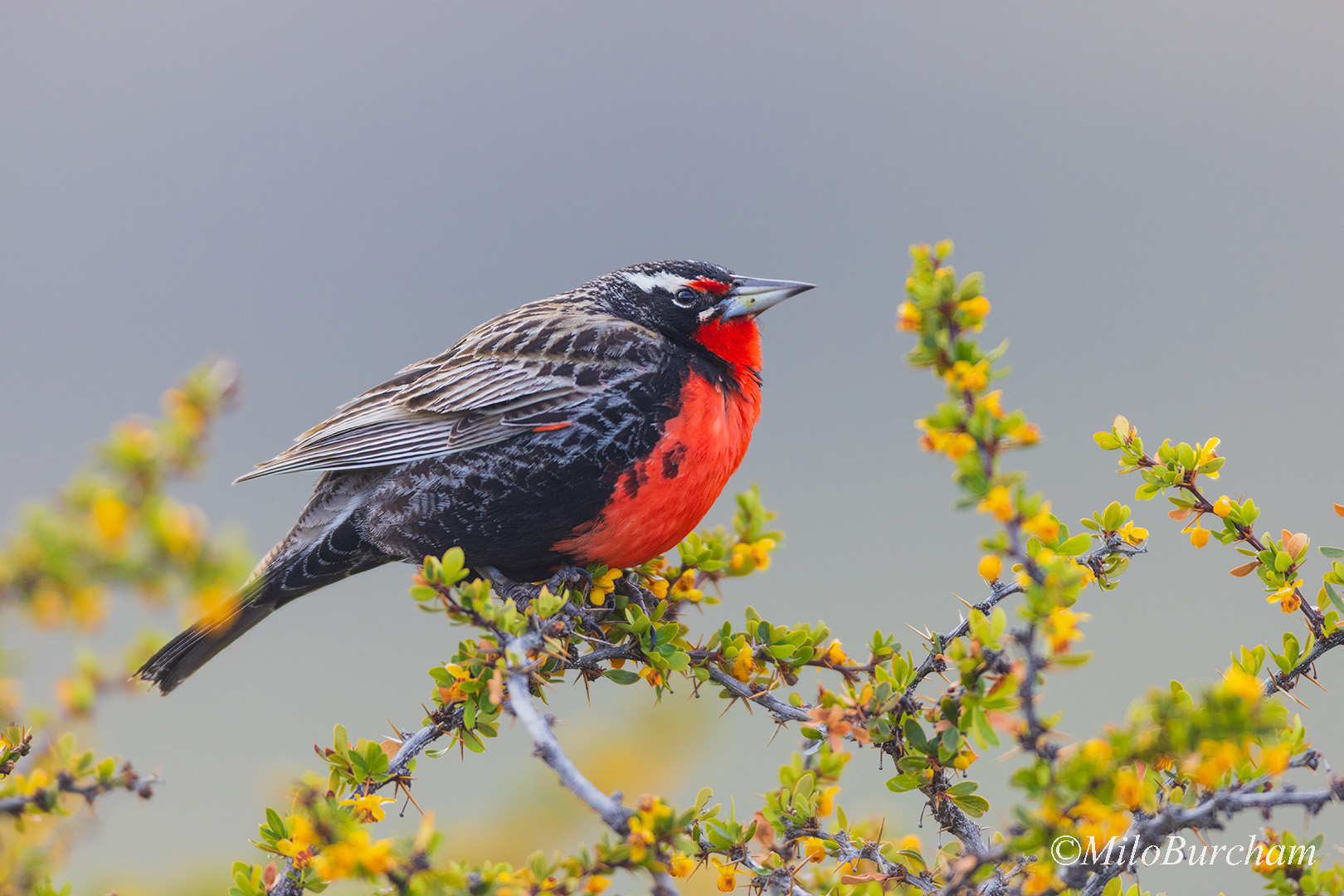
Long-tailed Meadowlark, Torres del Paine National Park, Chile (B_LTME_A8A8150)
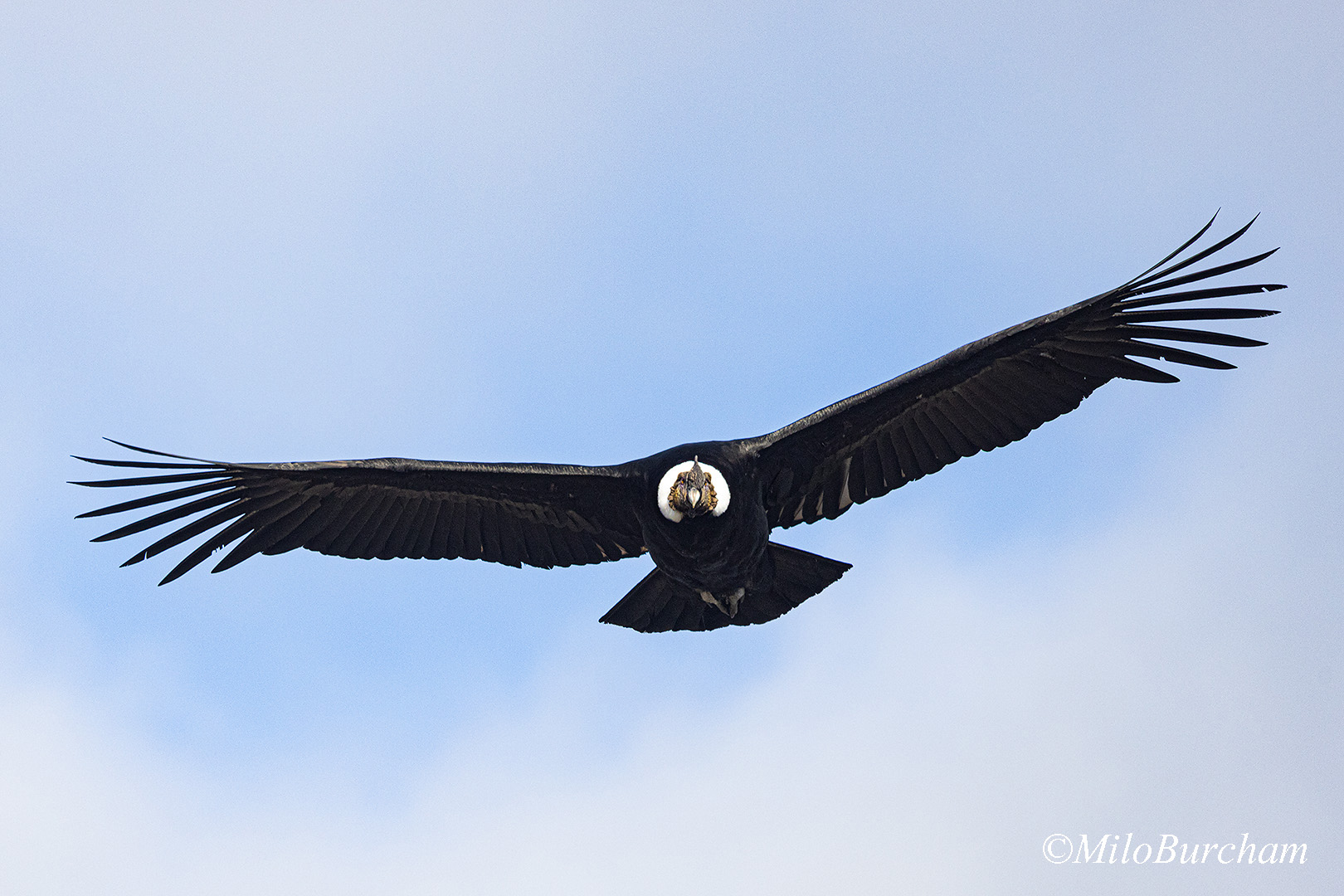
Andean Condor, Magallanes Region, Chile (B_ANCO_J1A0376)
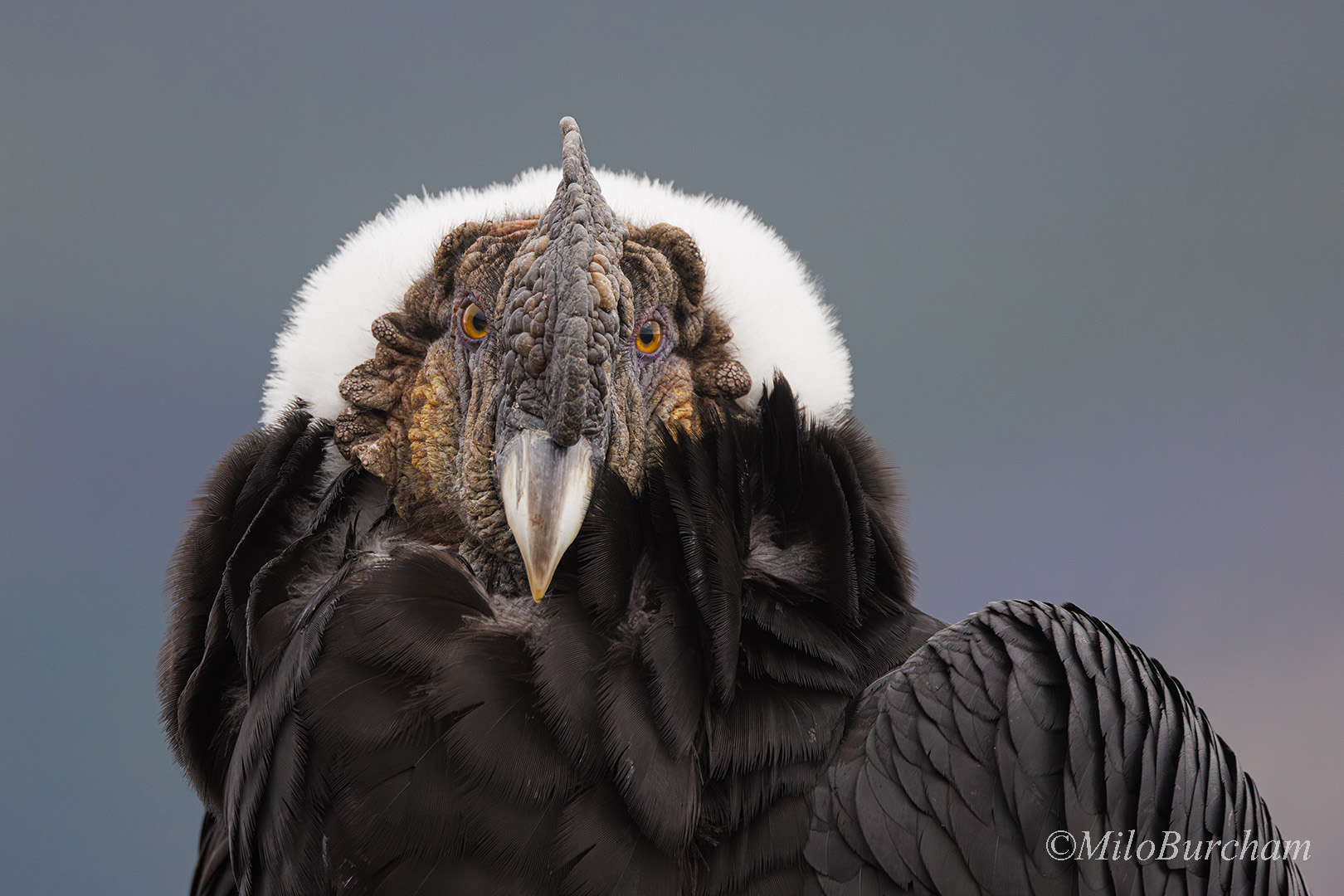
Andean Condor, Magallanes Region, Chile (B_ANCO_J1A0957)

Magellanic Woodpecker female, Magallanes Region, Chile (B_MAWO_A8A9495)
Perhaps my favorite find from my two weeks in the Patagonia region
of southern Chile was this Magellanic Plover.
While these birds look like shorebirds, they have been placed in their own Family, with their closest living
relative being the unique Sheathbill of Antarctica, an image of which also made my "Top 50" this year.
They regurgitate food for their young, which no other shorebird does, and are quite rare.
Their total population is estimated between 1,500 and 7,000 birds, however, a recent range-wide
survey indicated it may be closer to or fewer than the low end of that range.
I found it on Thanksgiving Day after a 3-mile hike in +/- 40 mph winds.
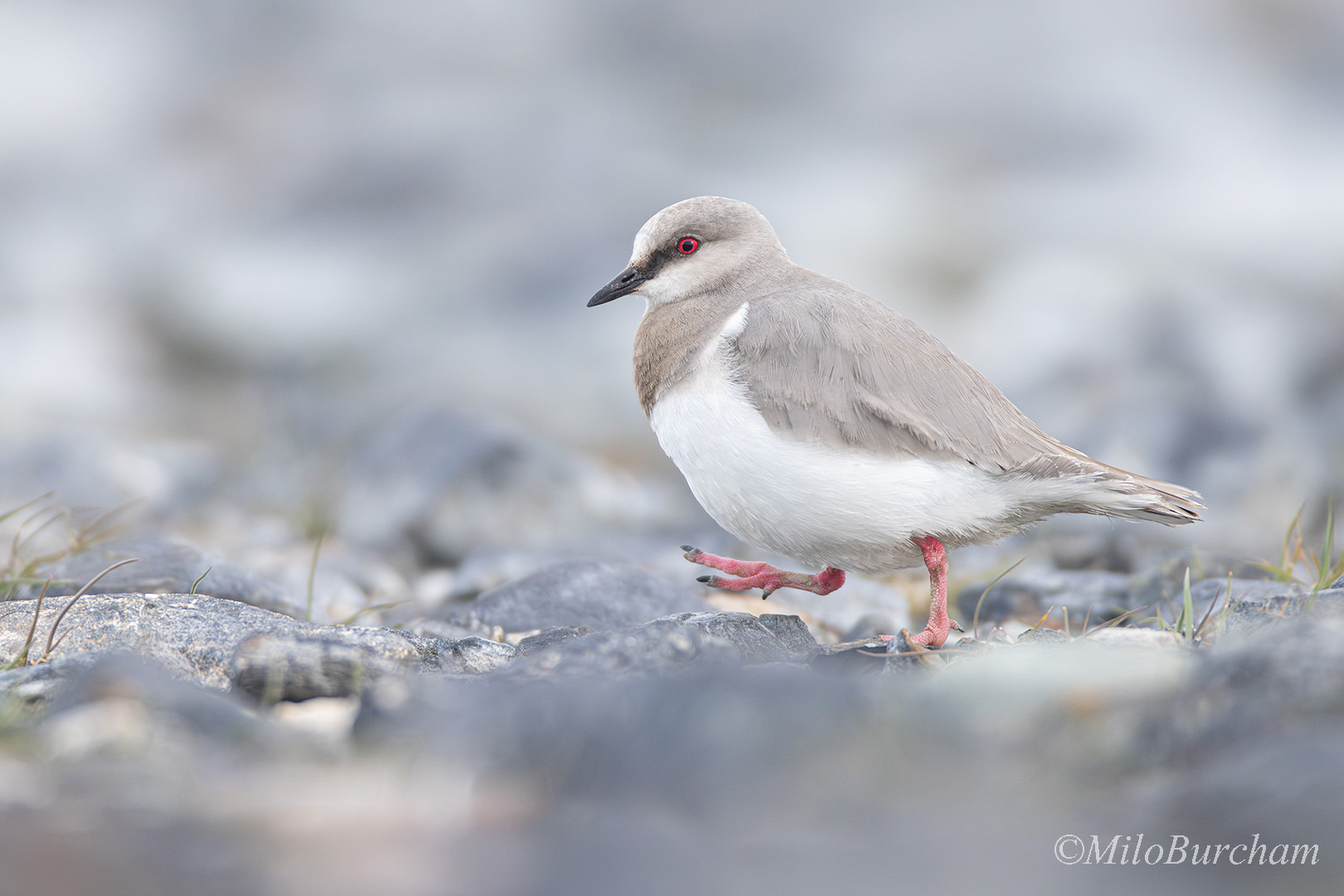
Magellanic Plover, Magallanes Region, Chile (B_MAPL_A8A9824)

Lesser Rhea, Magallanes Region, Chile (B_RHEA_A8A0055)
I don't know if I can top the adventures of 2023, but I'll have fun trying! Wishing everyone excellent health and adventure in 2024.
So here's to more adventure for all of us in the coming year.
These images are presented in roughly the chronological order that they were made throughout the
year. As with all my photography, these are the scenes as they looked through my viewfinder; no content,
not a single blade of grass or twig, was digitally added or subtracted.